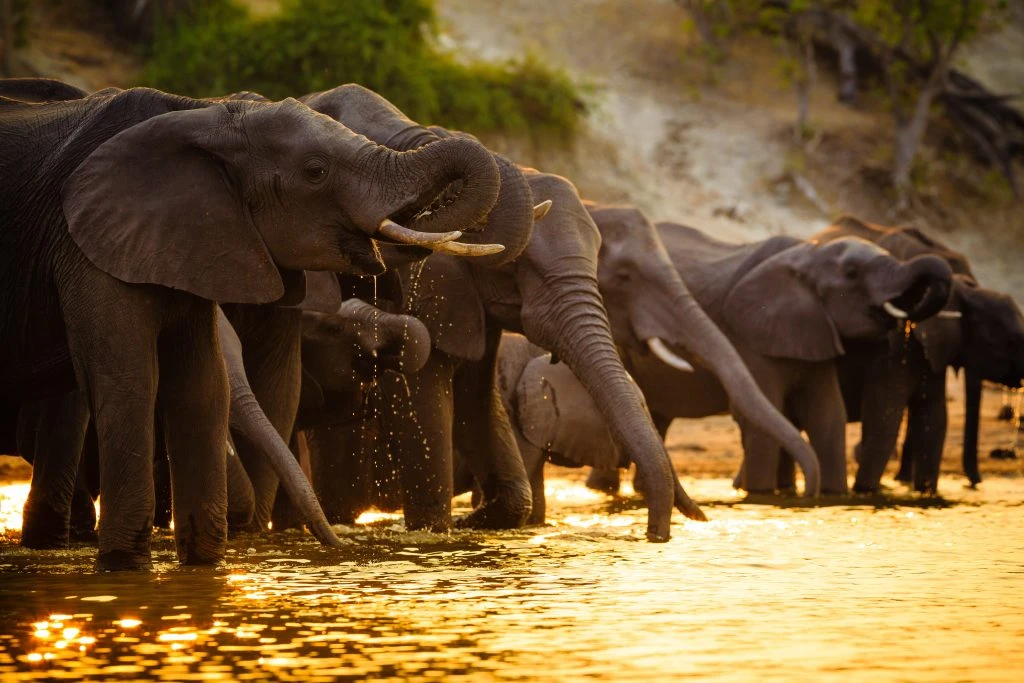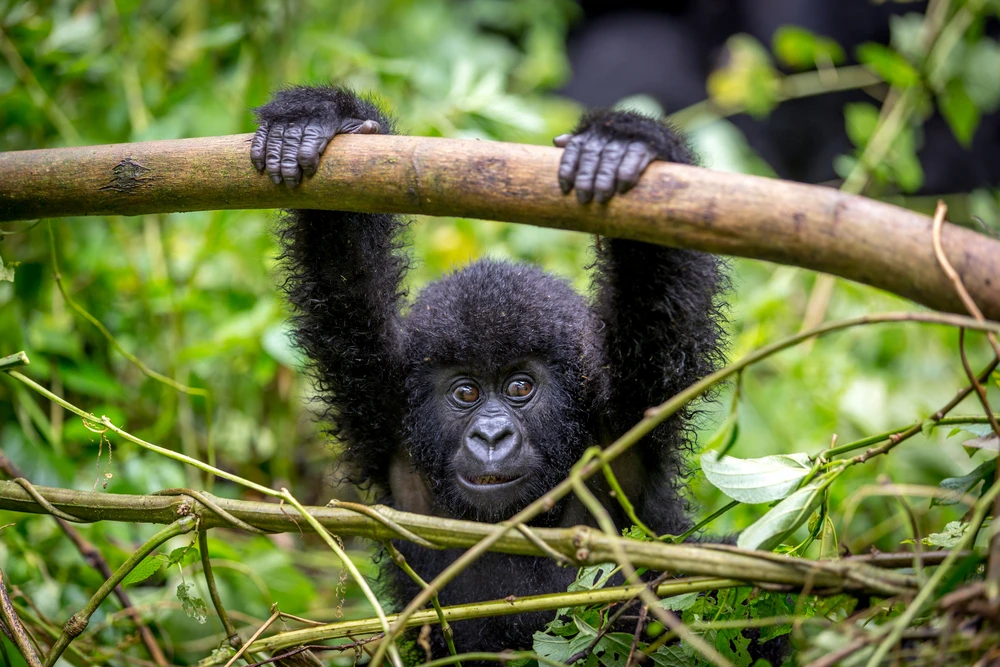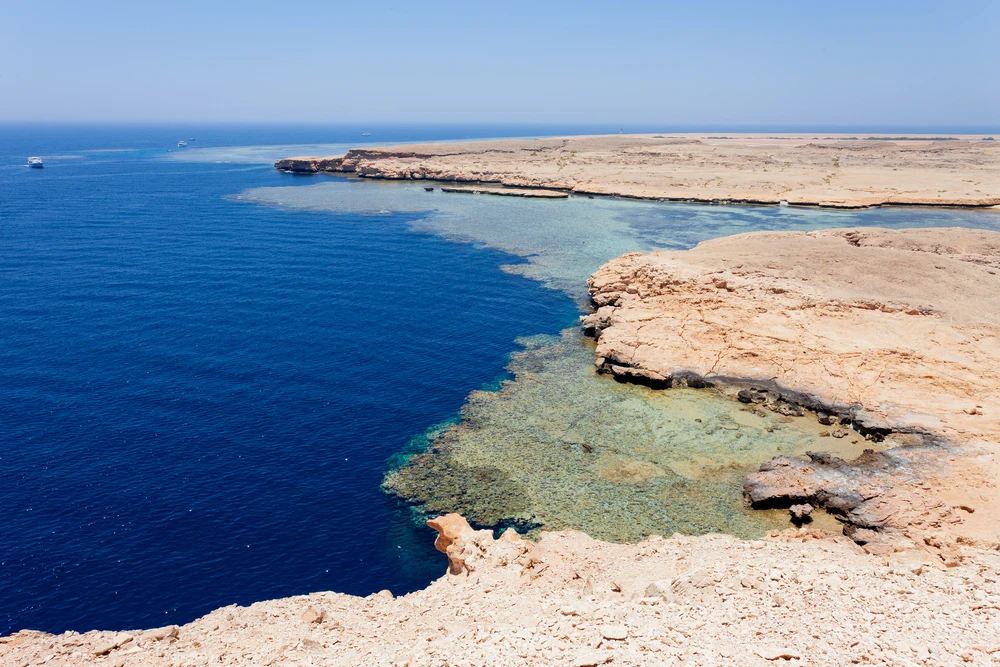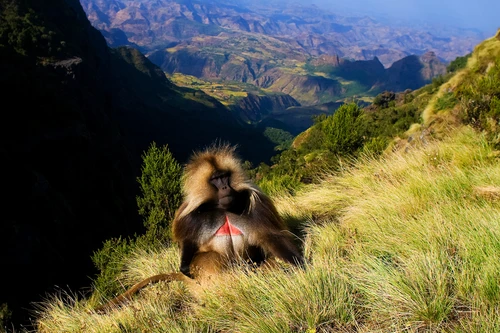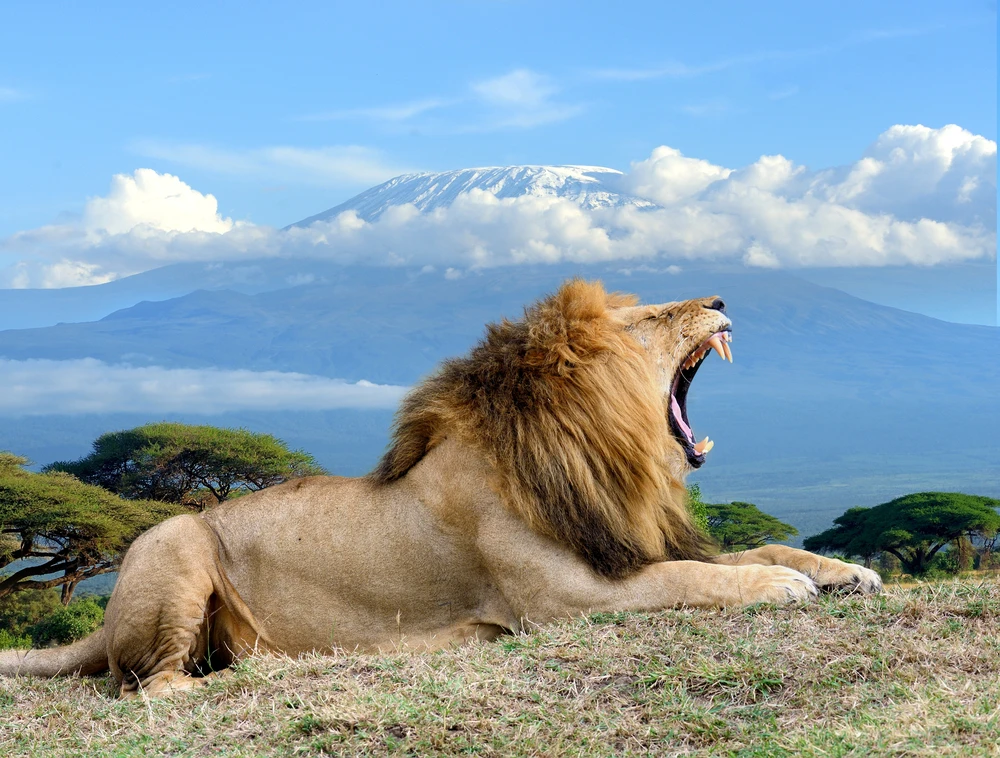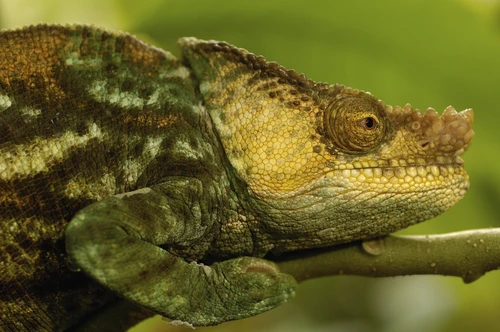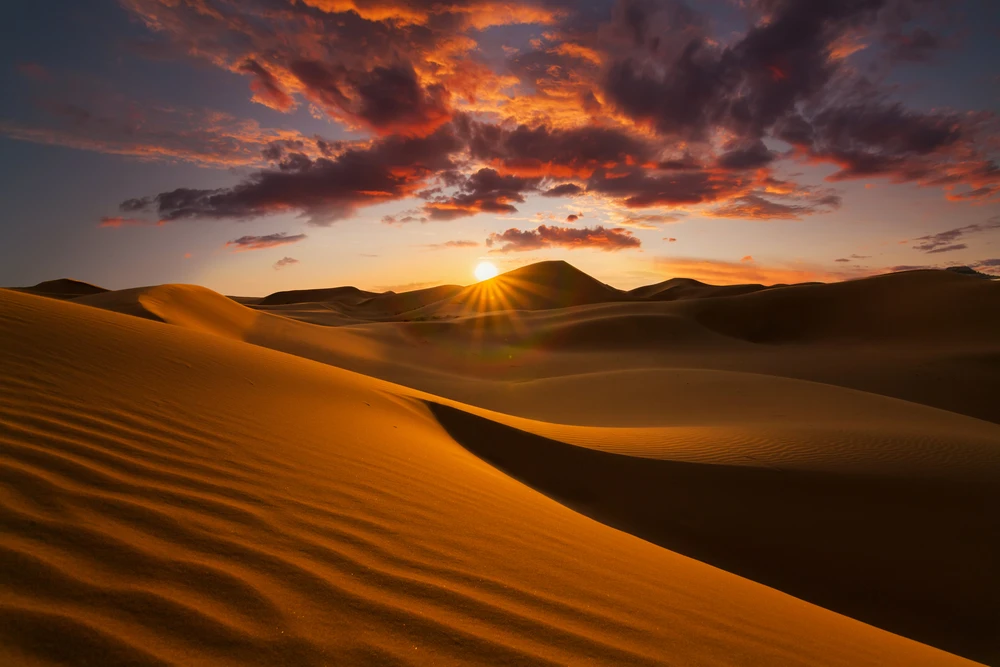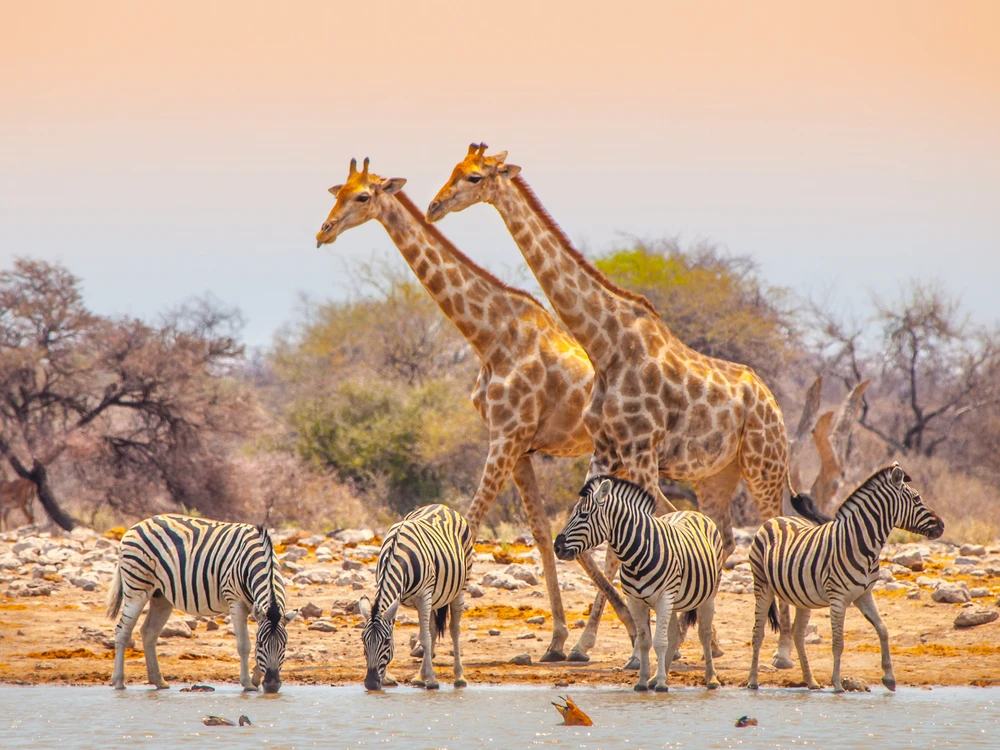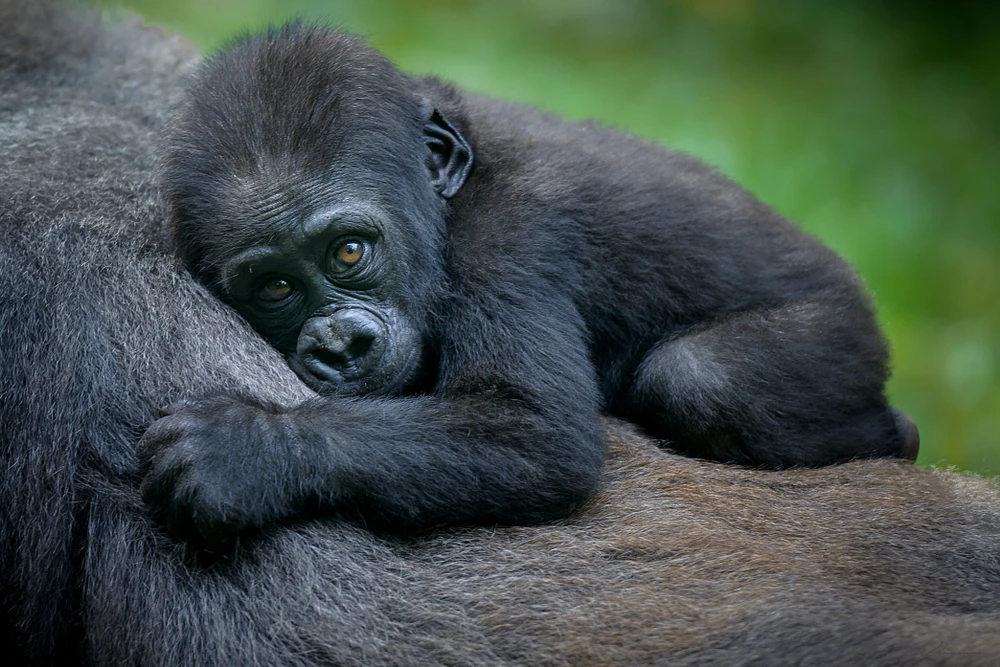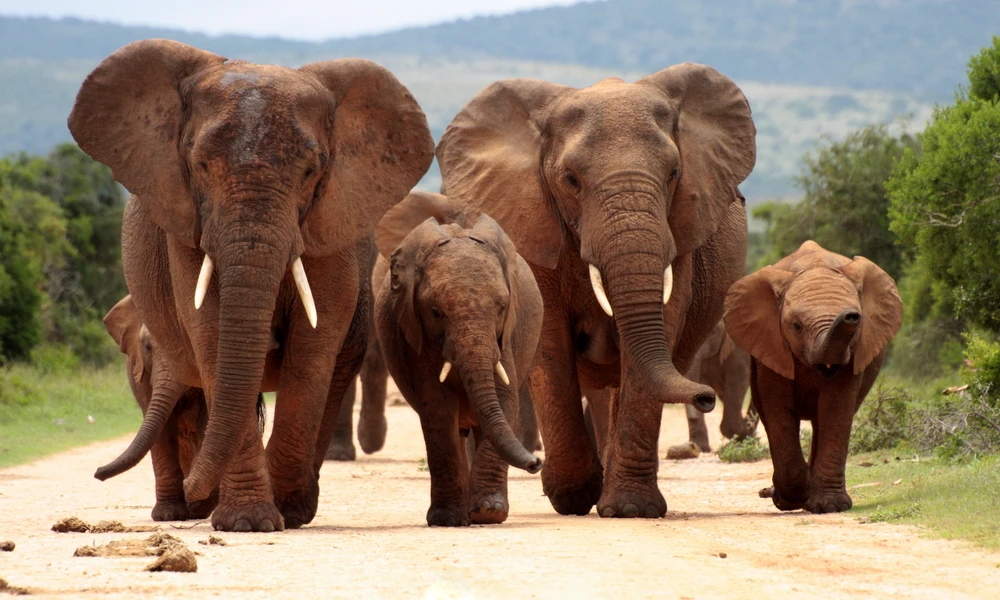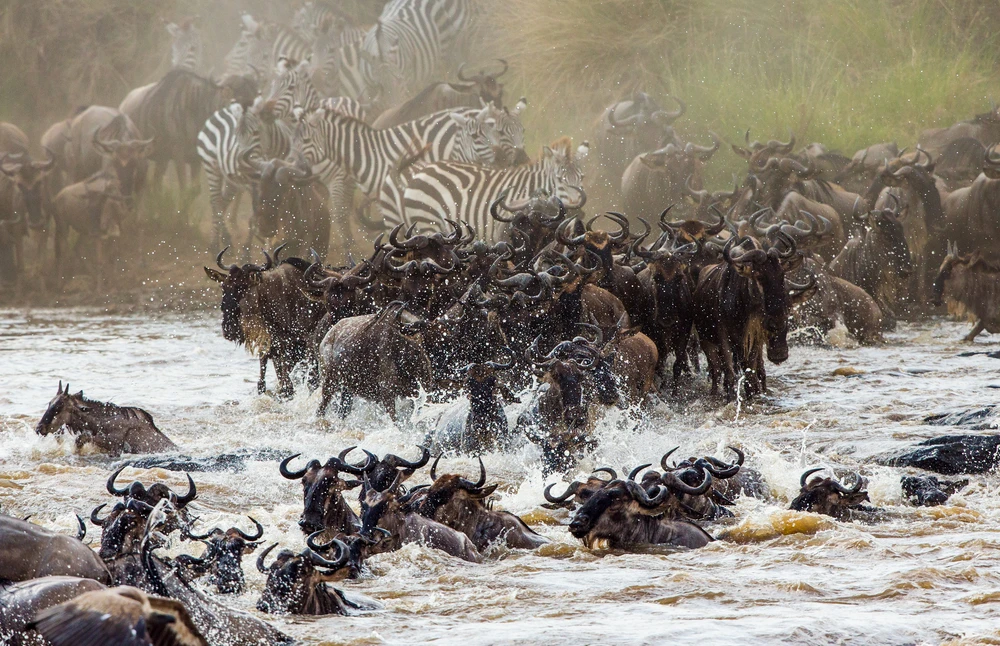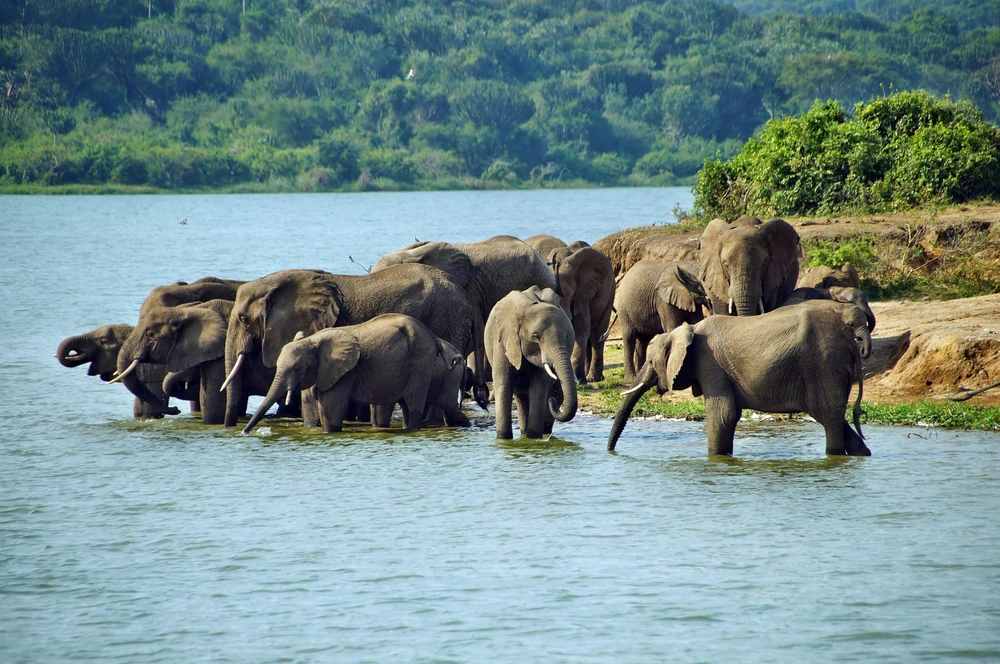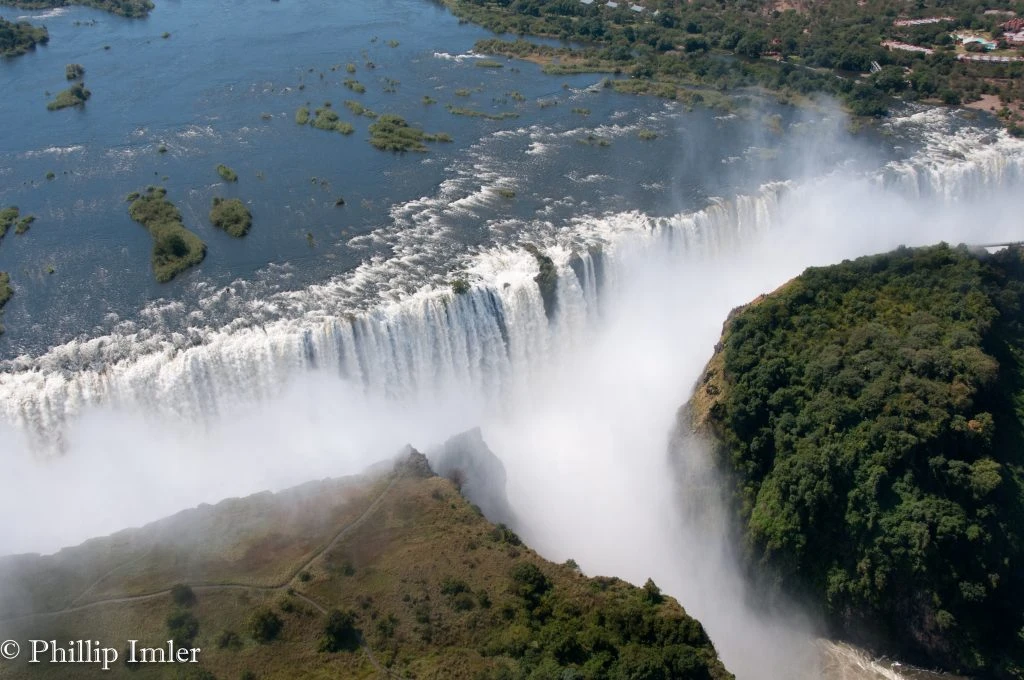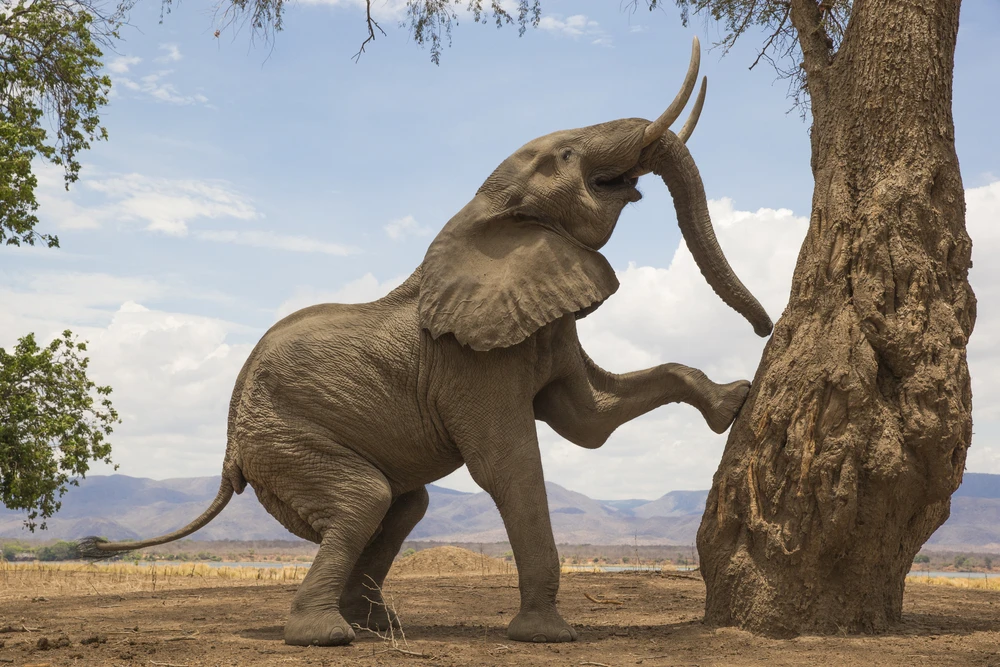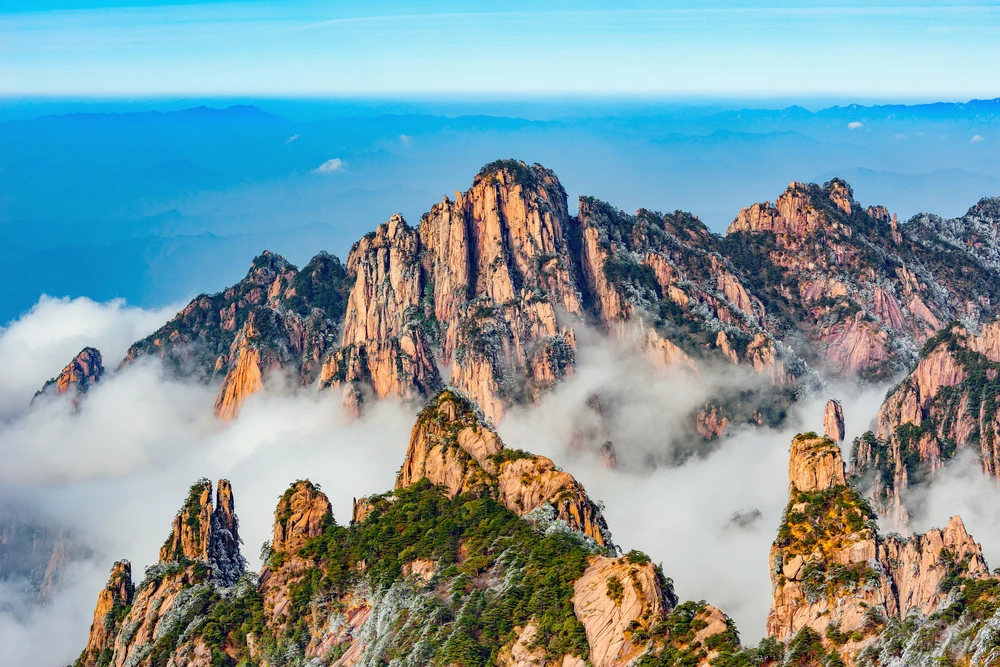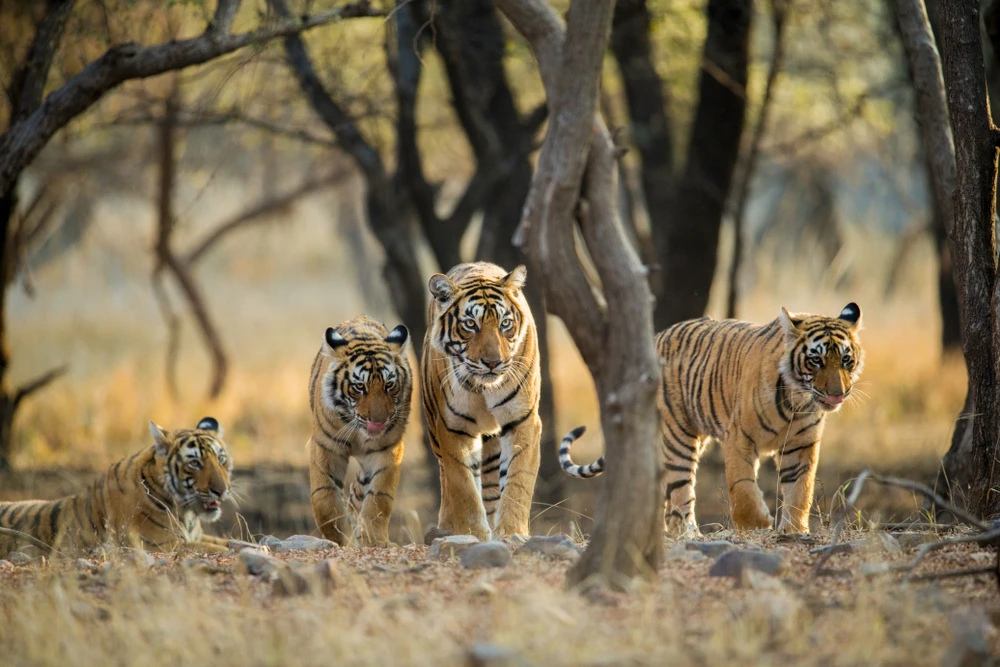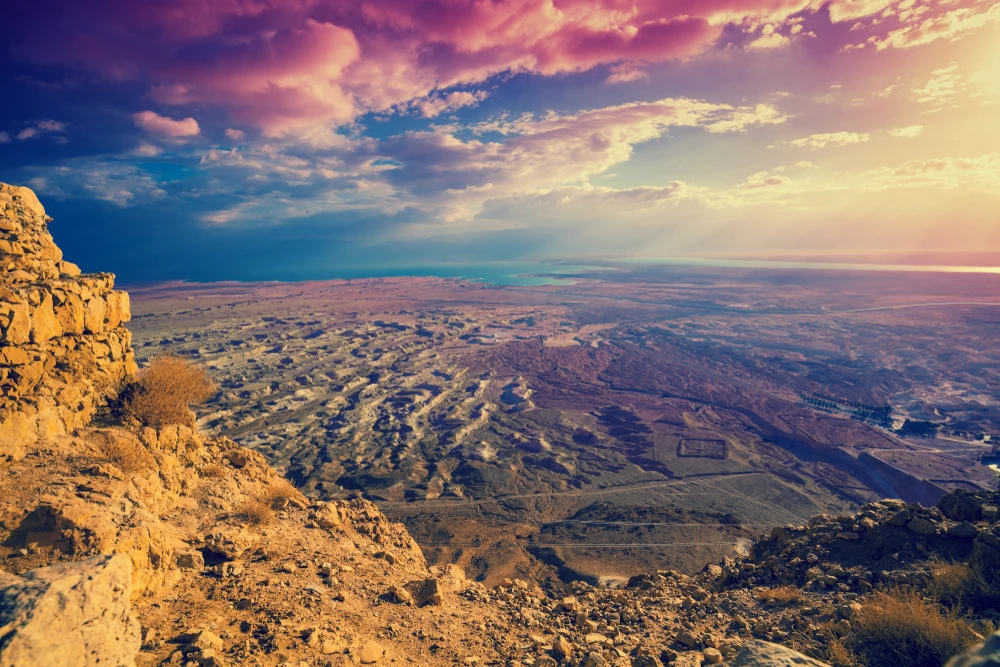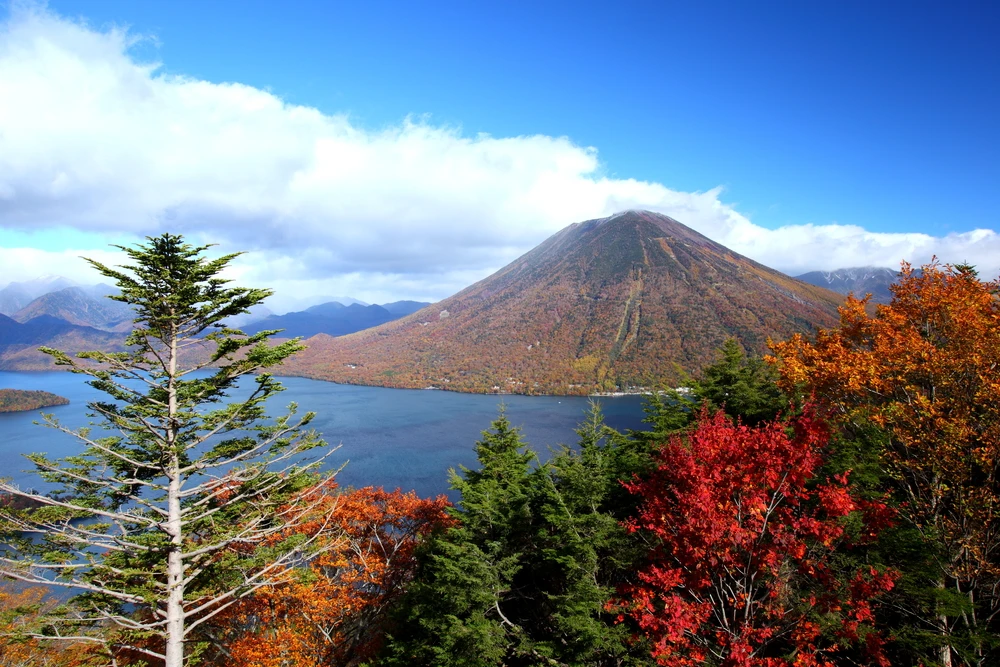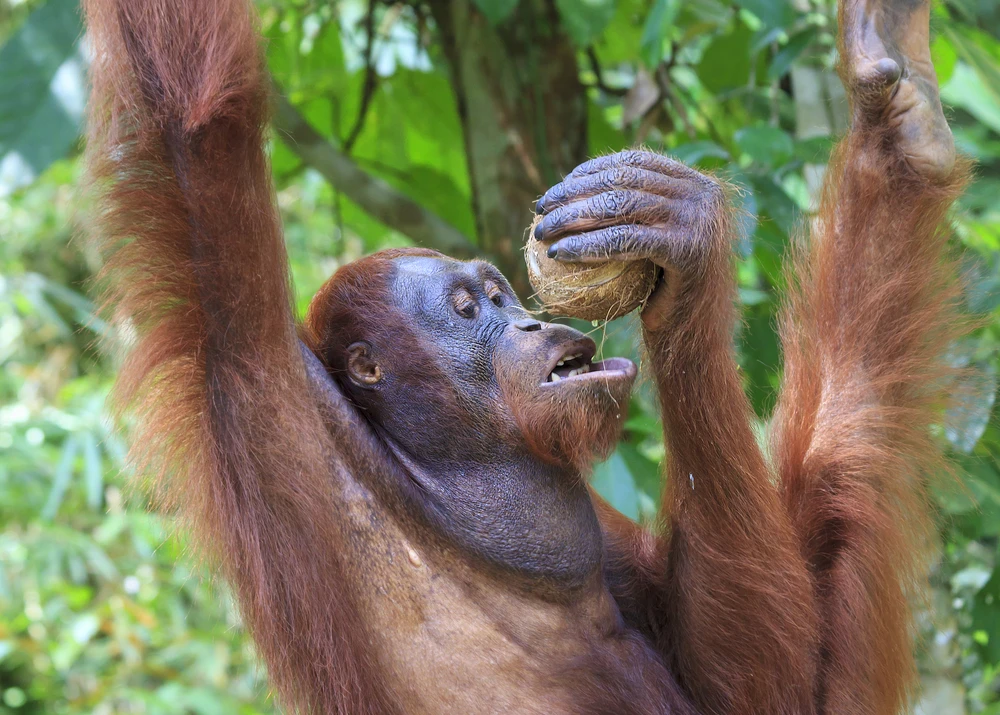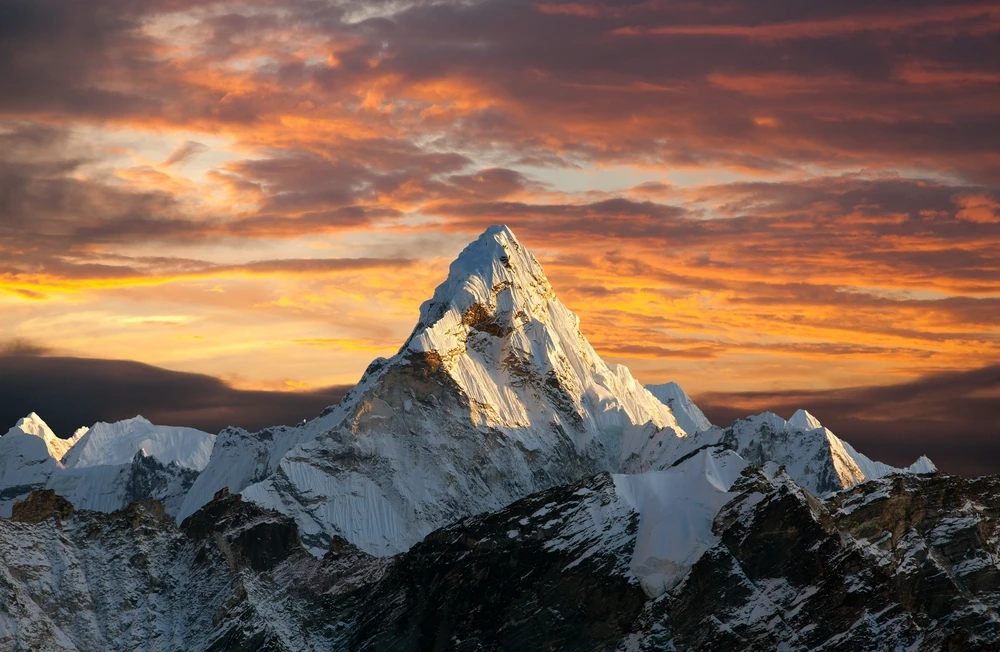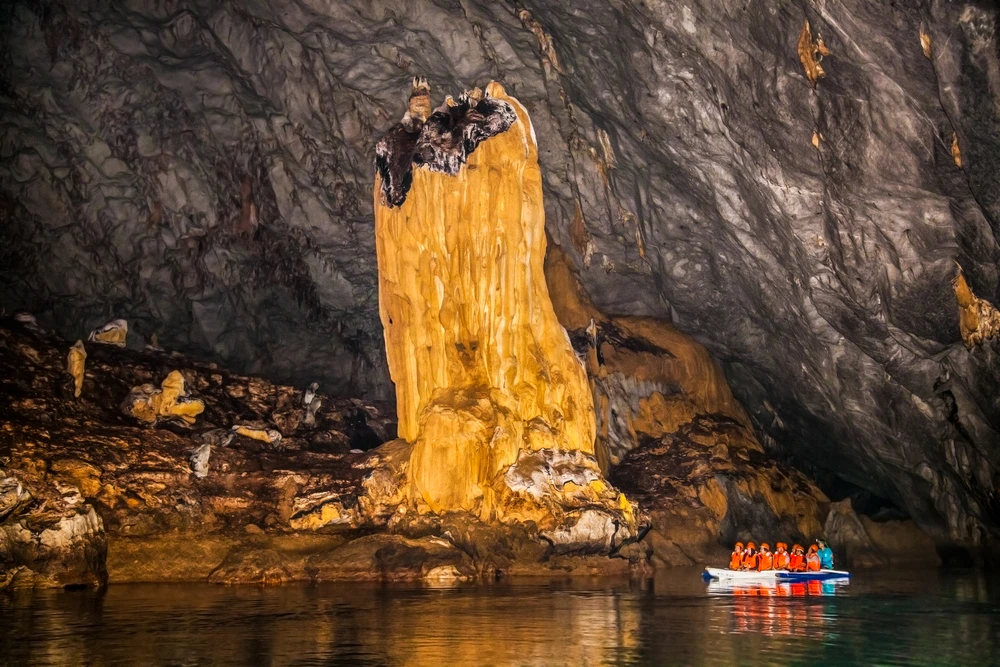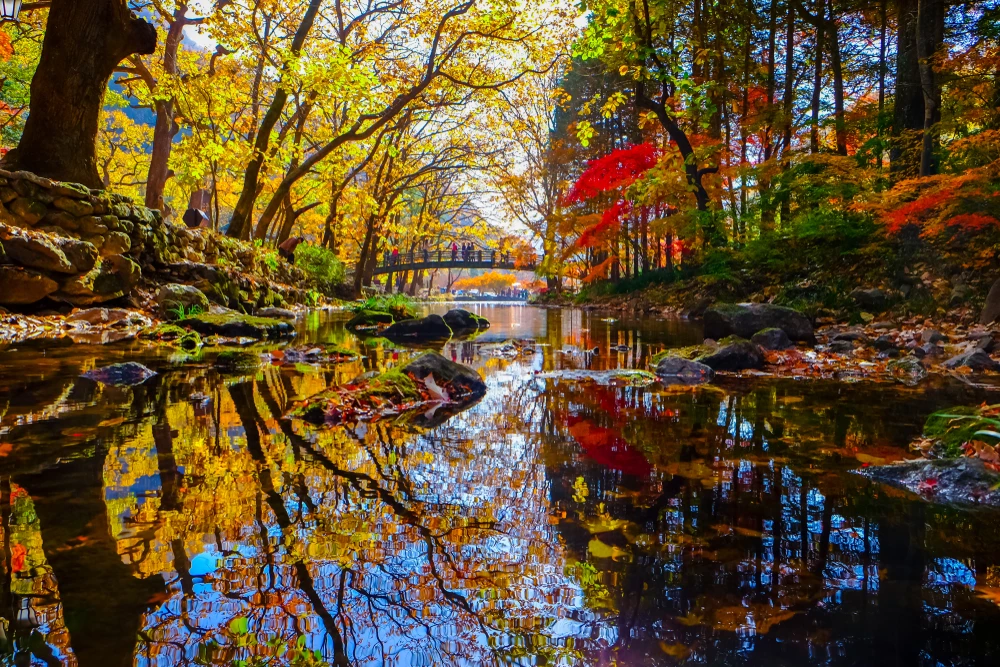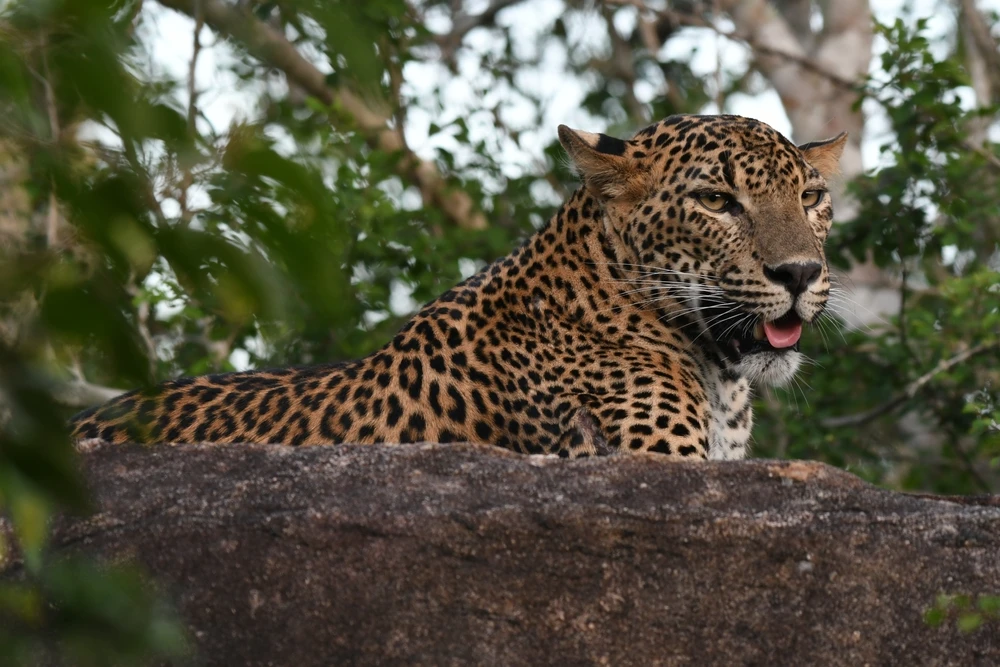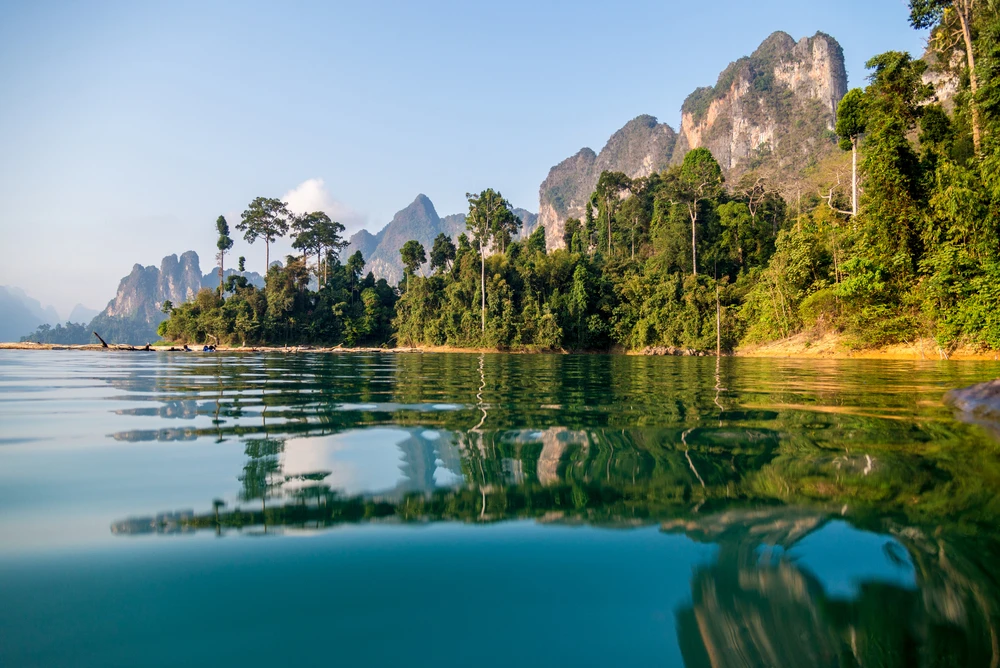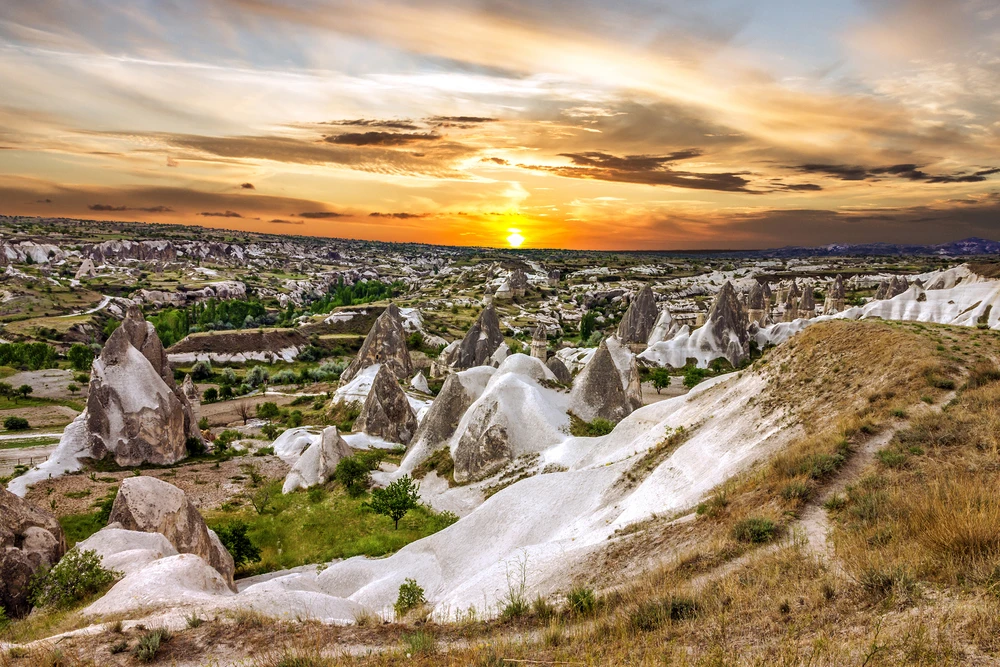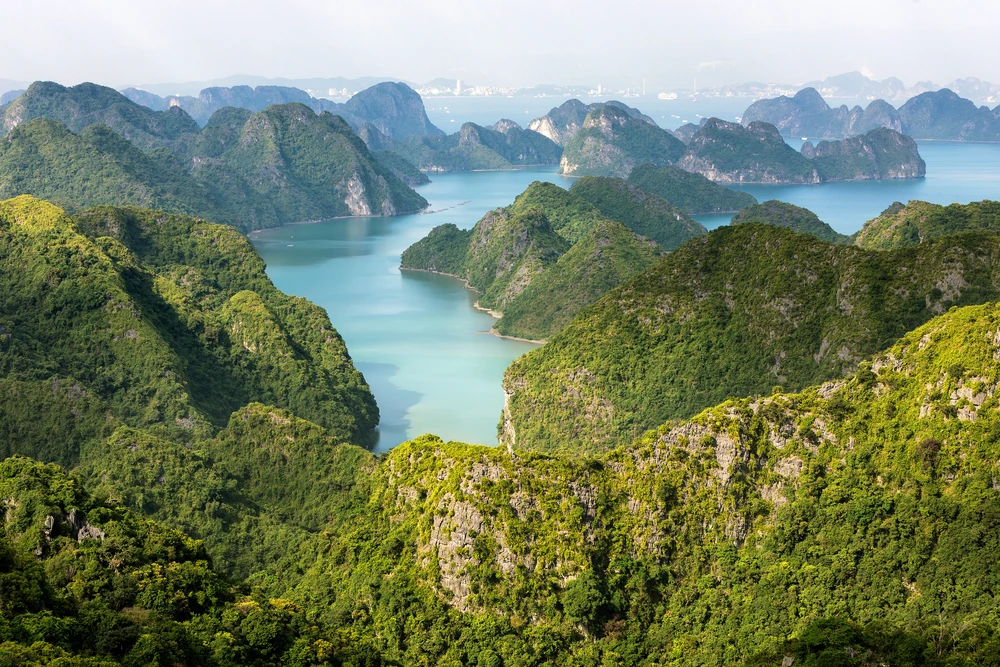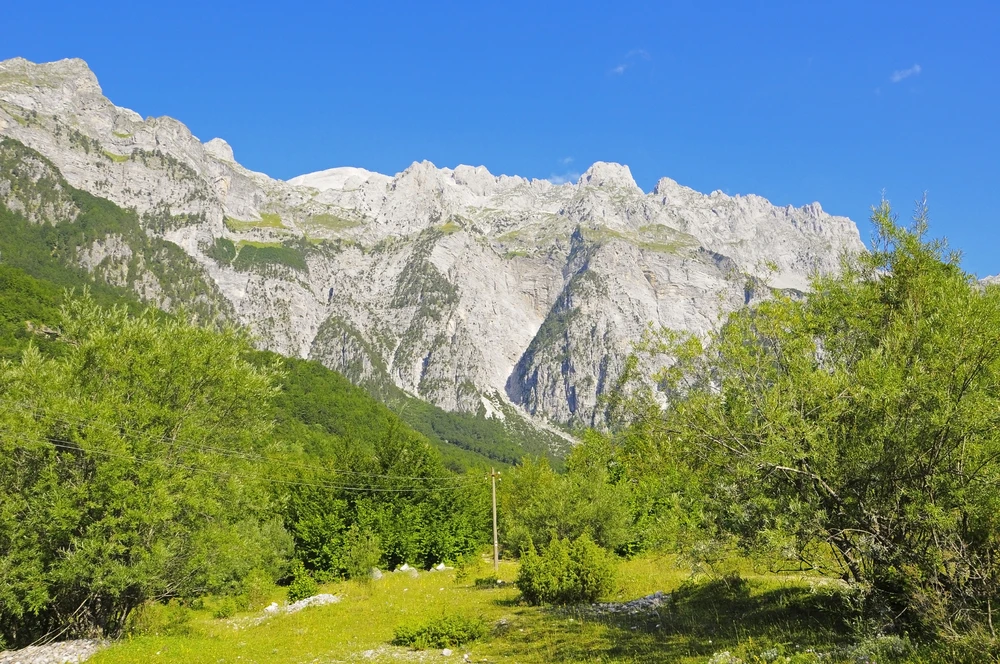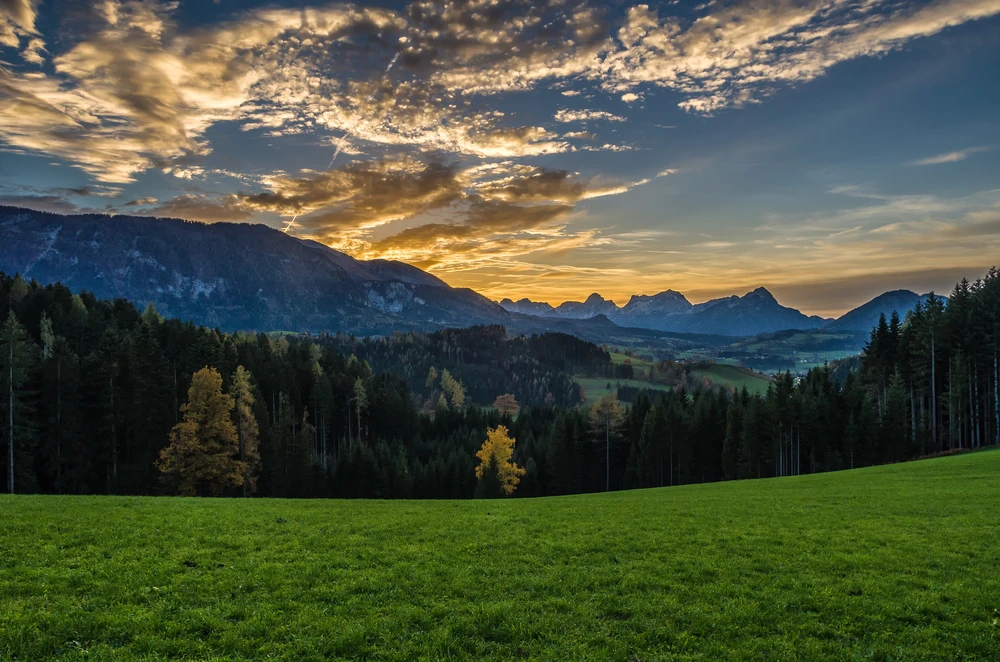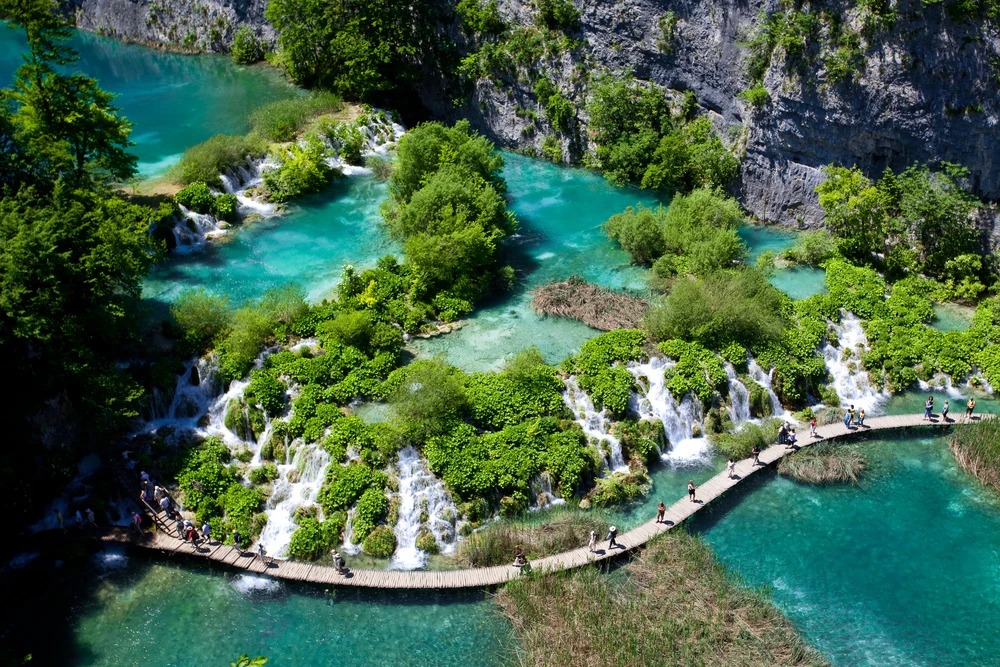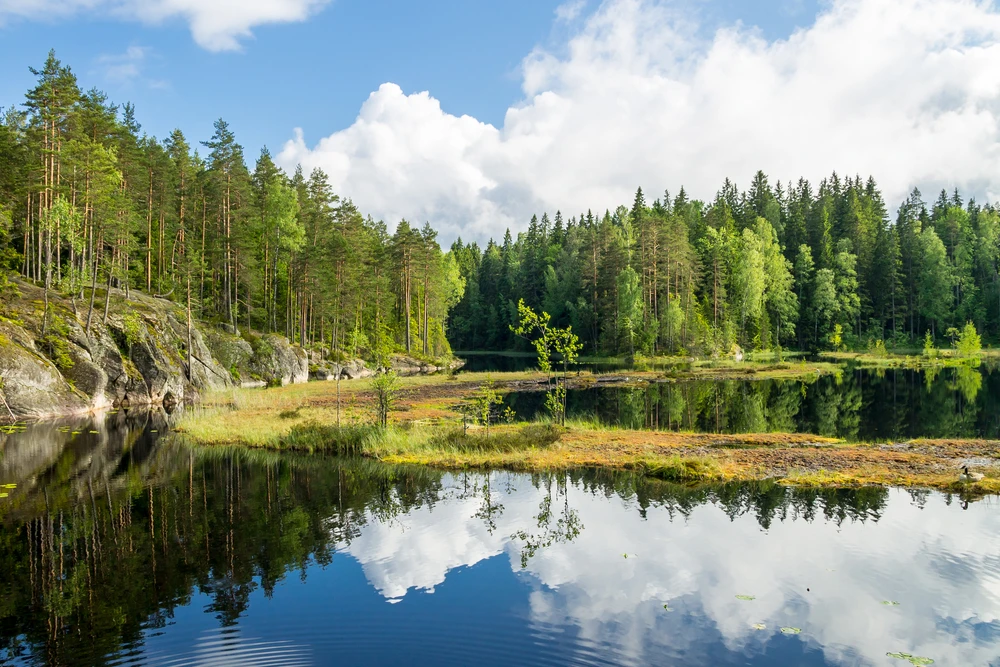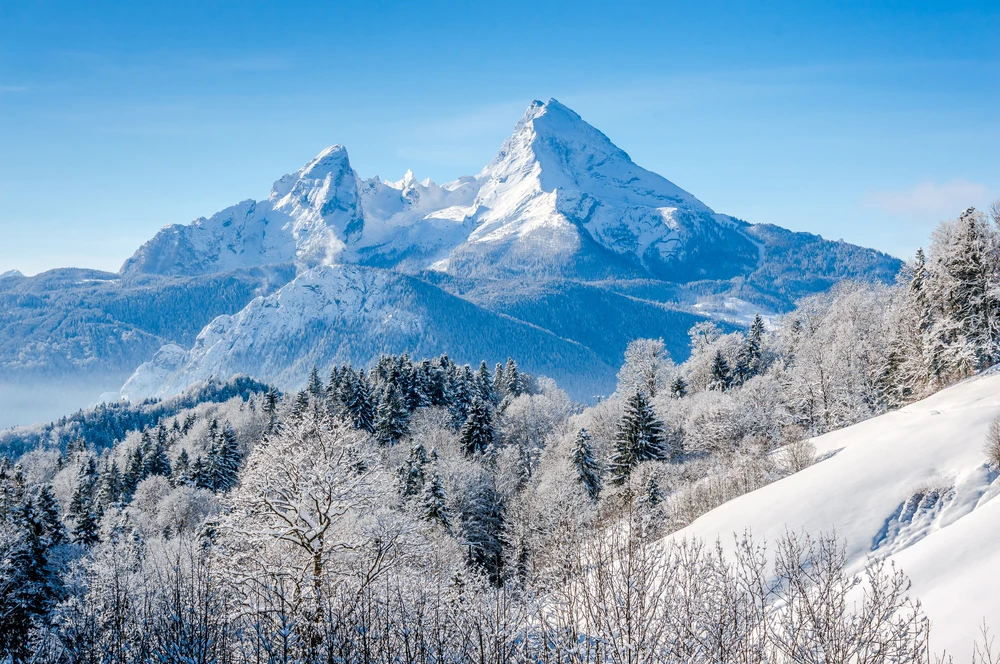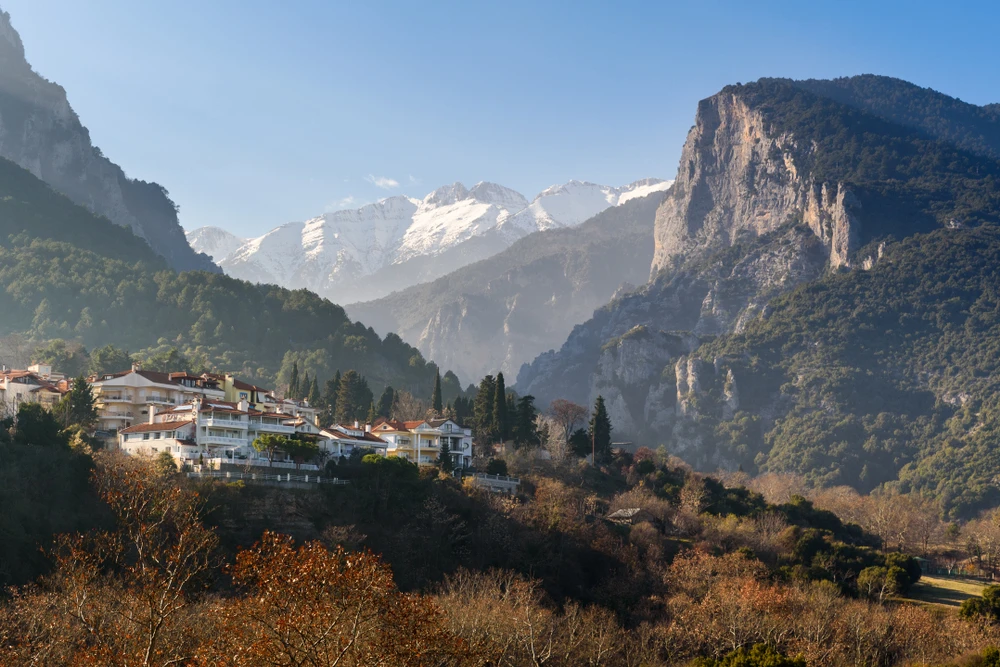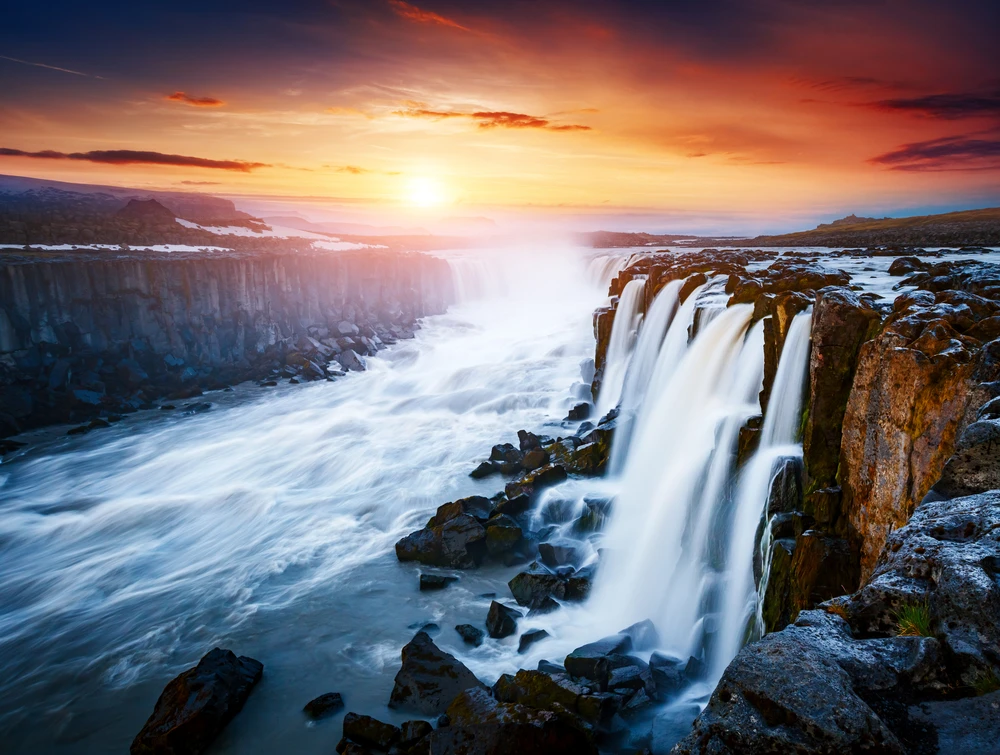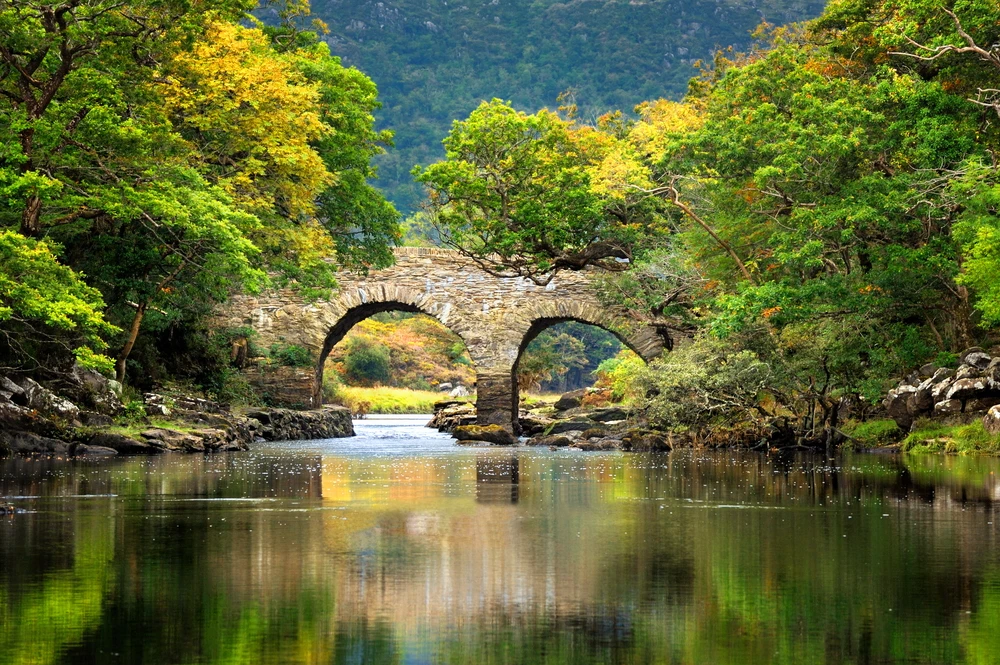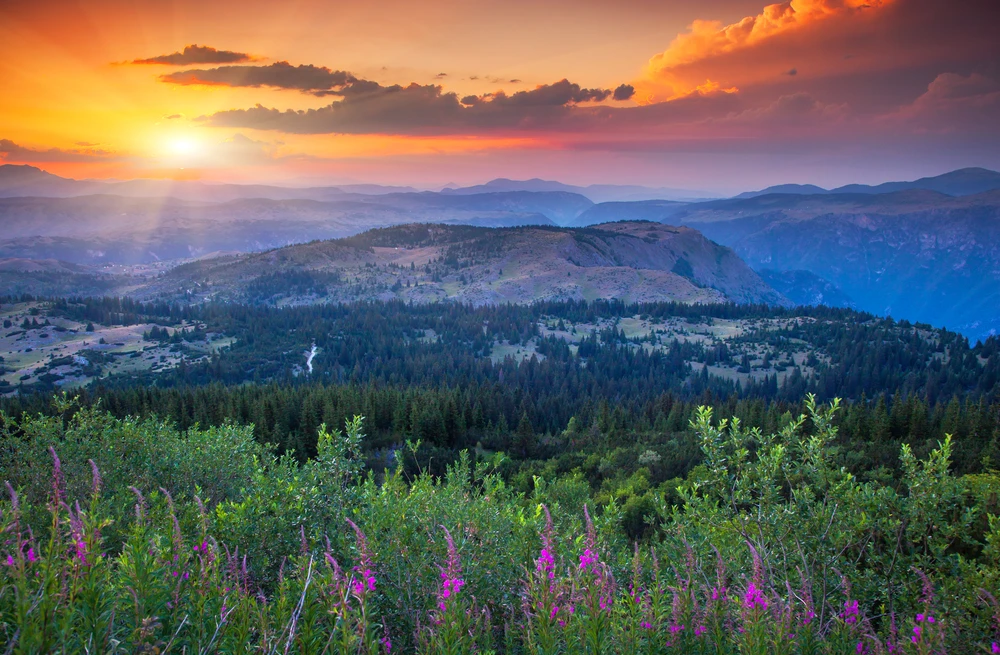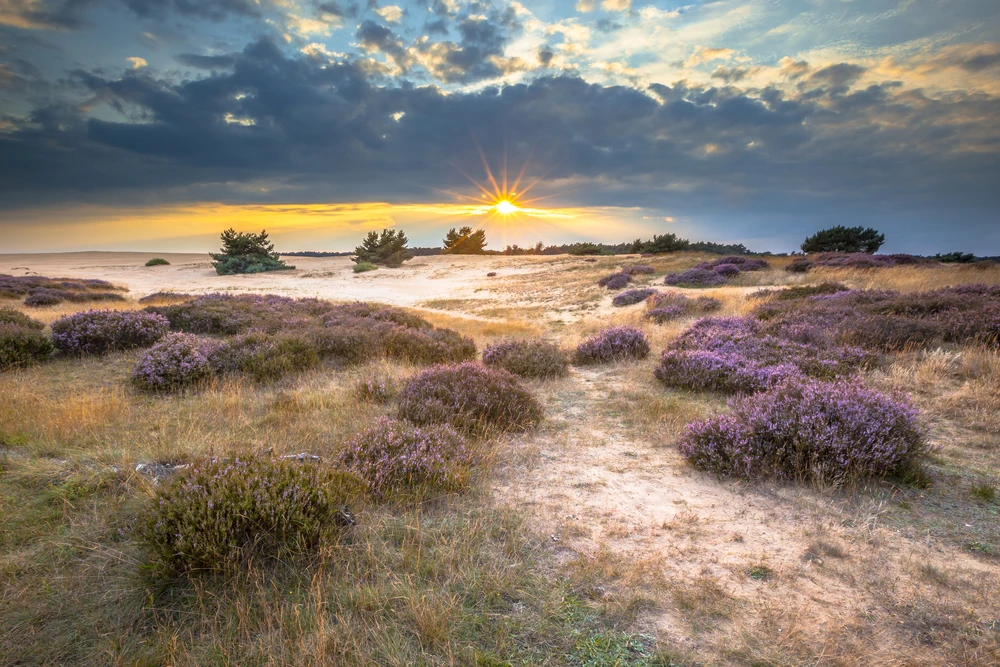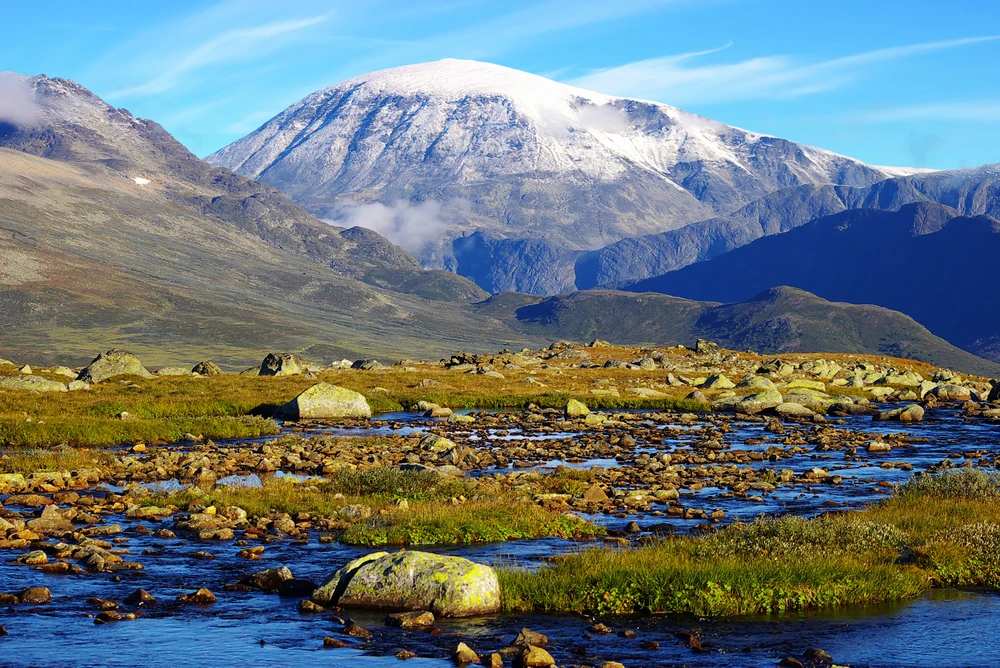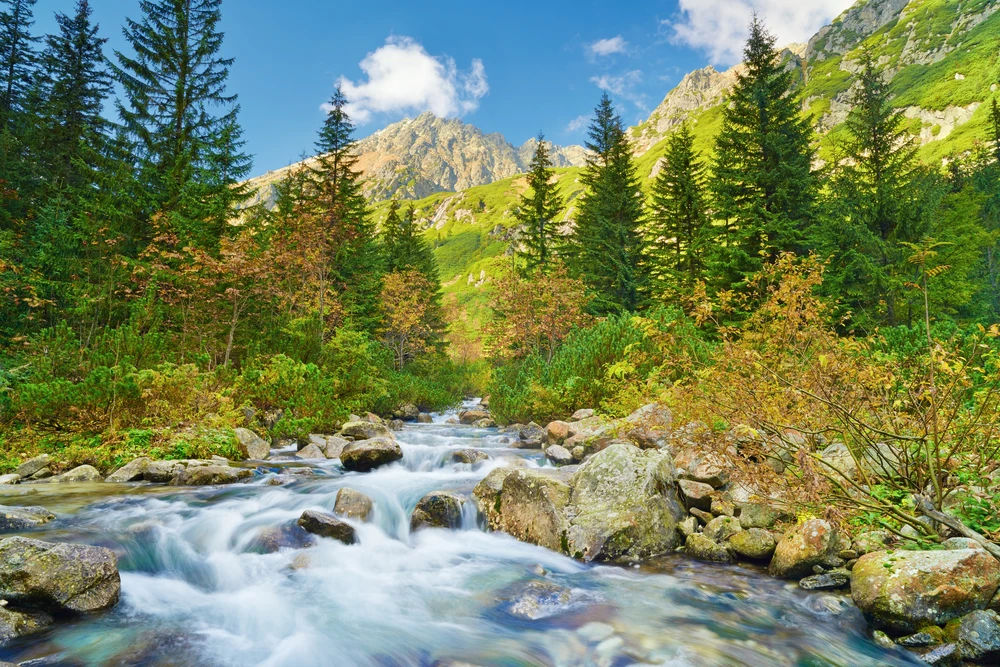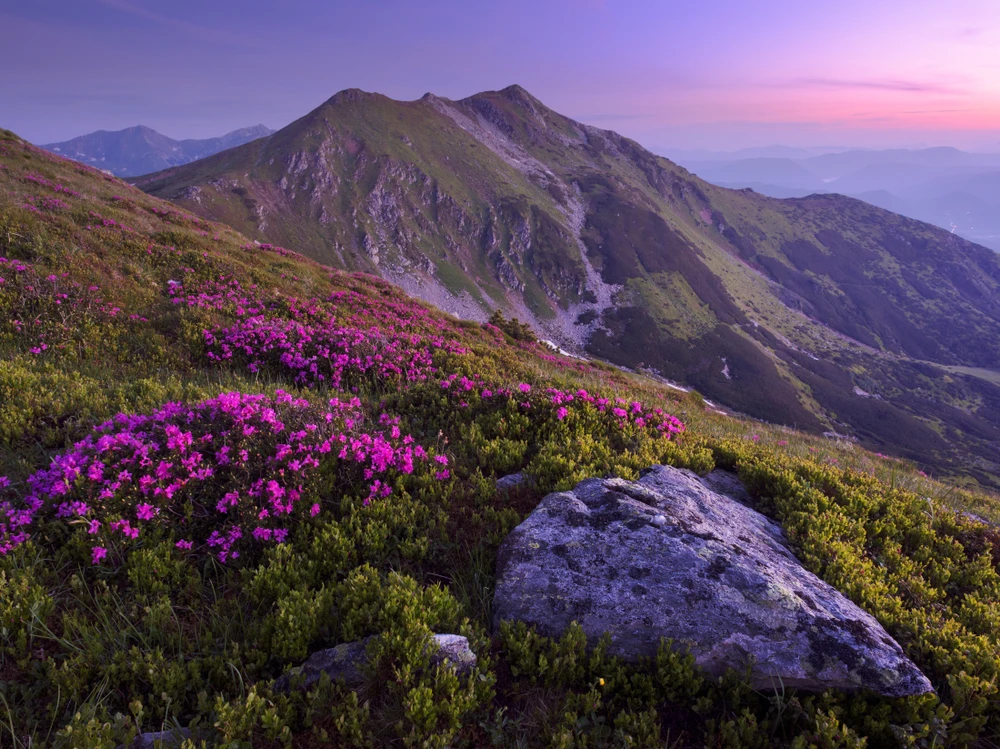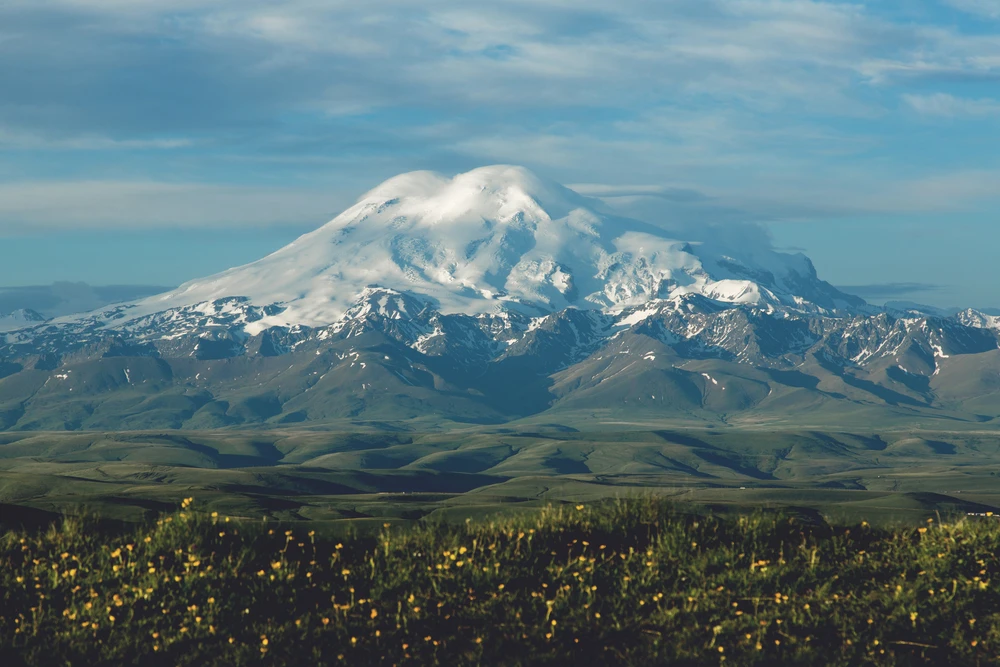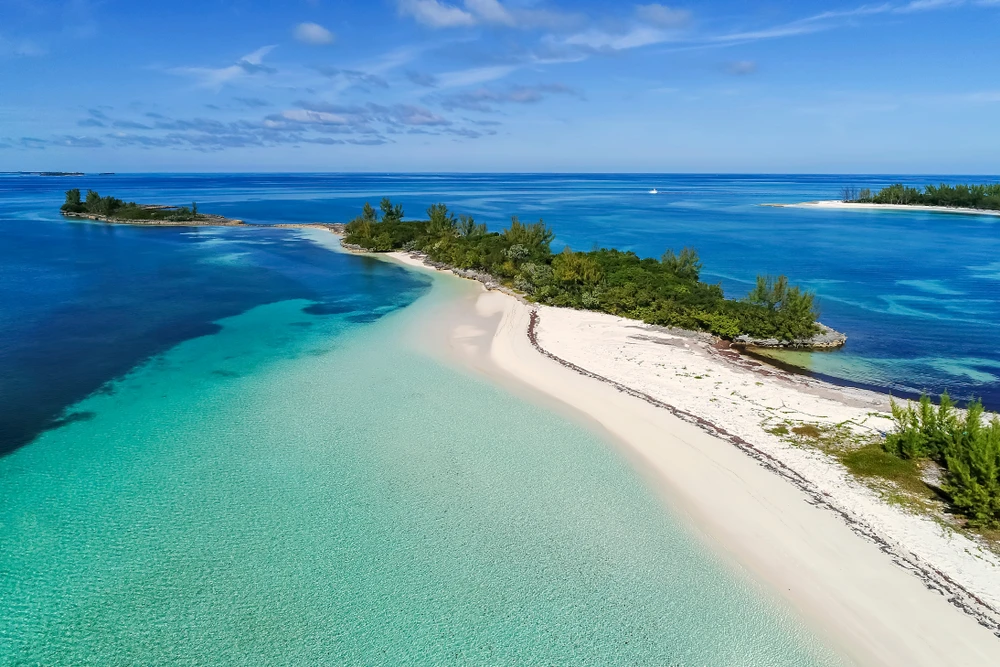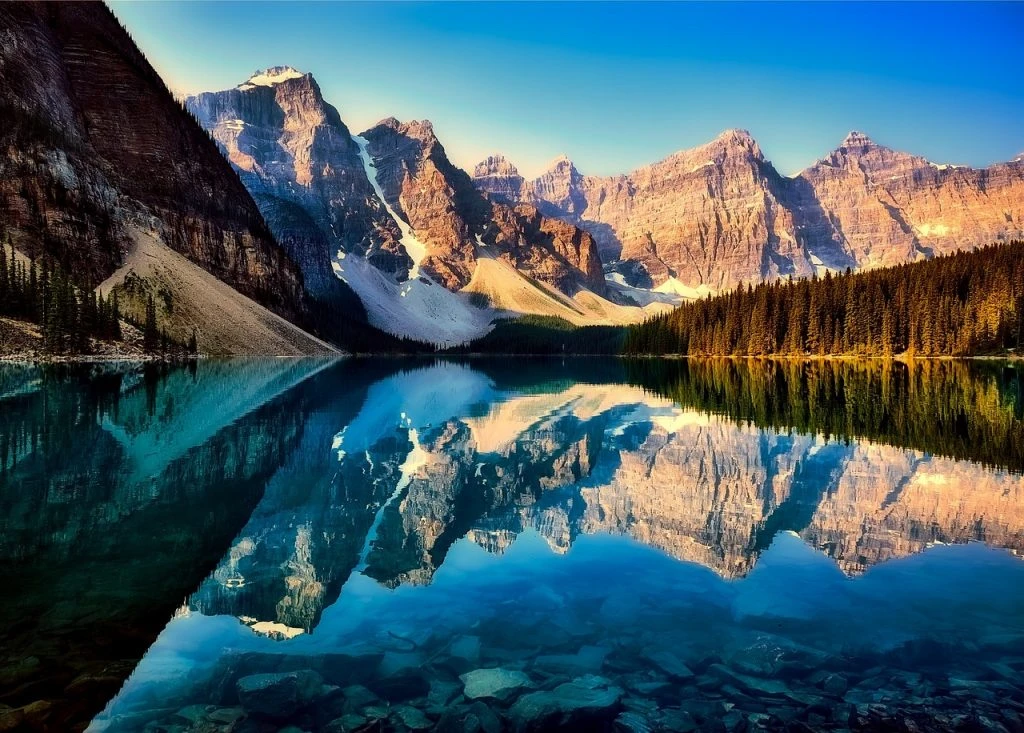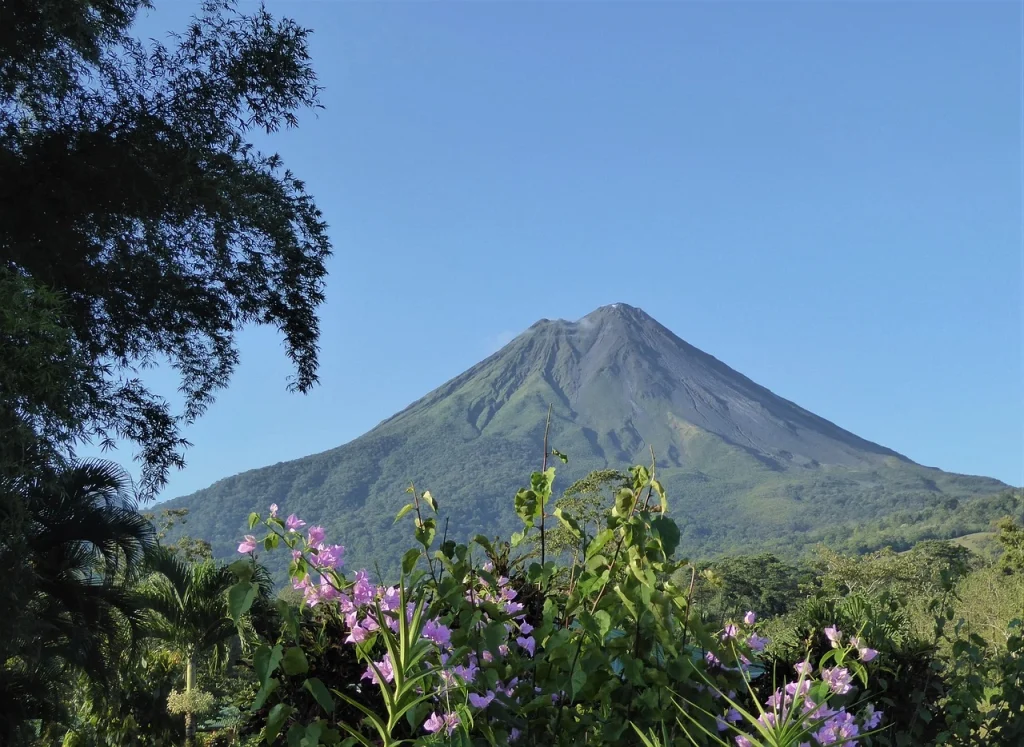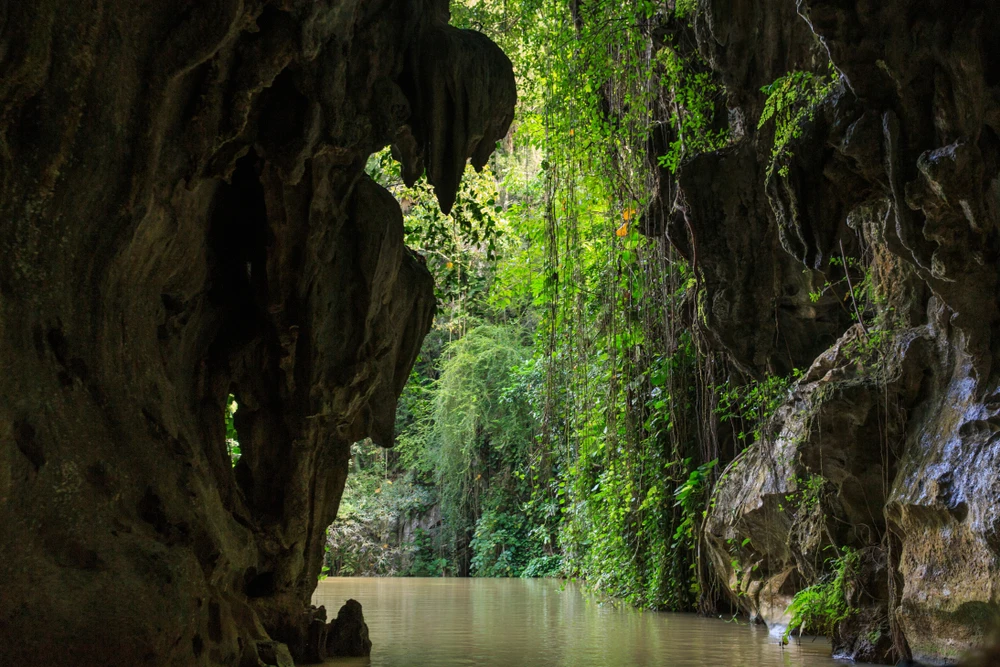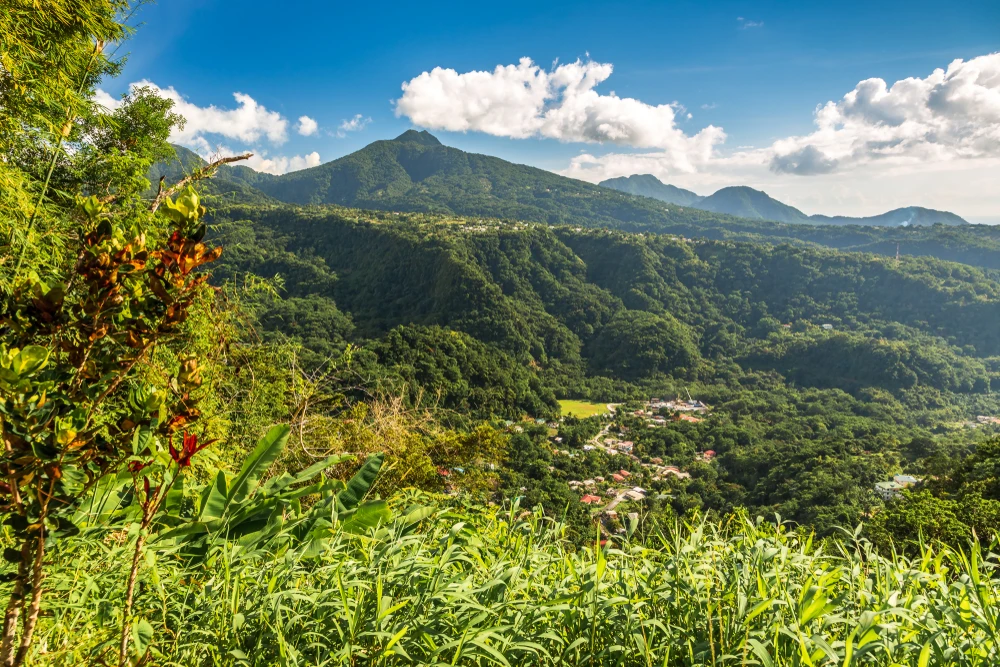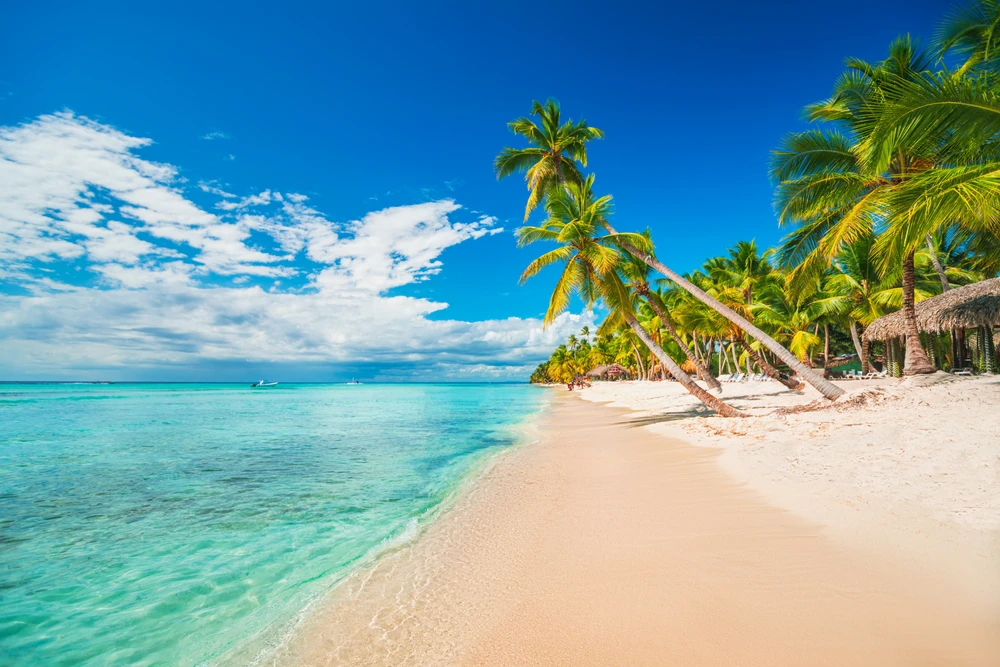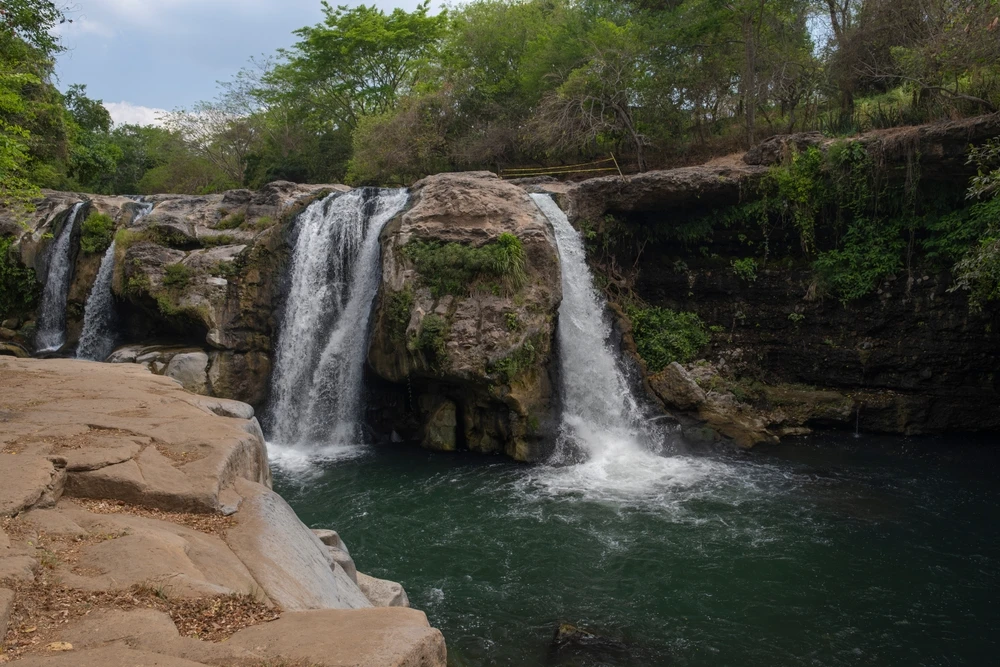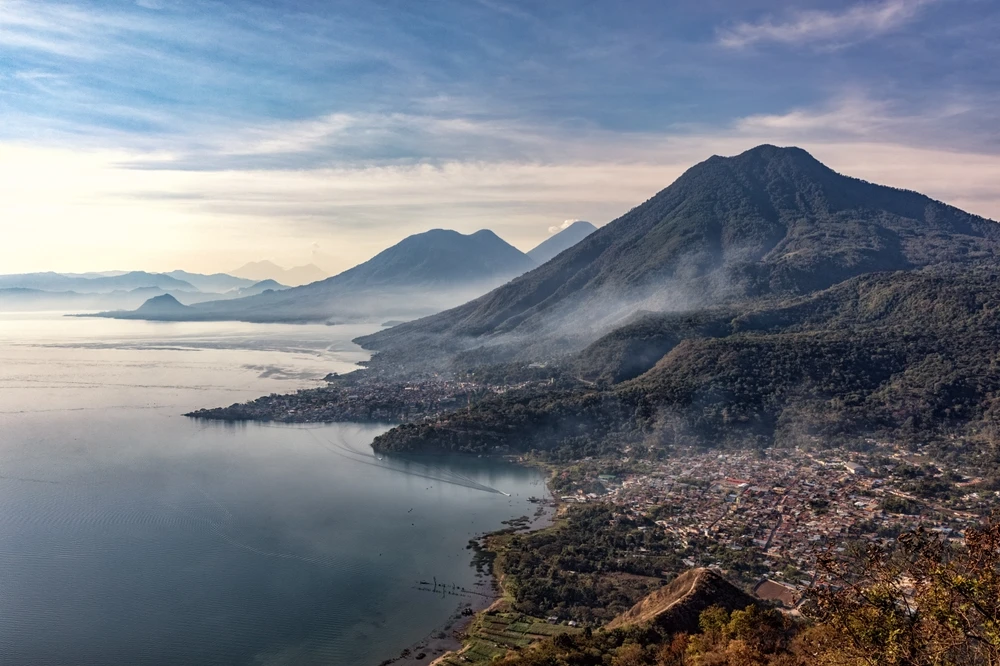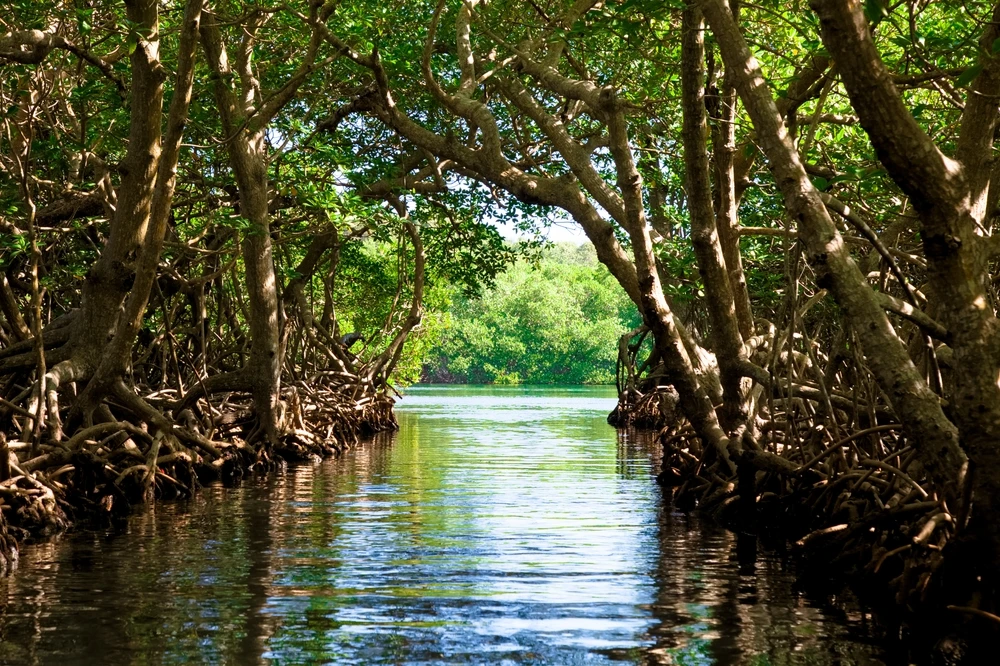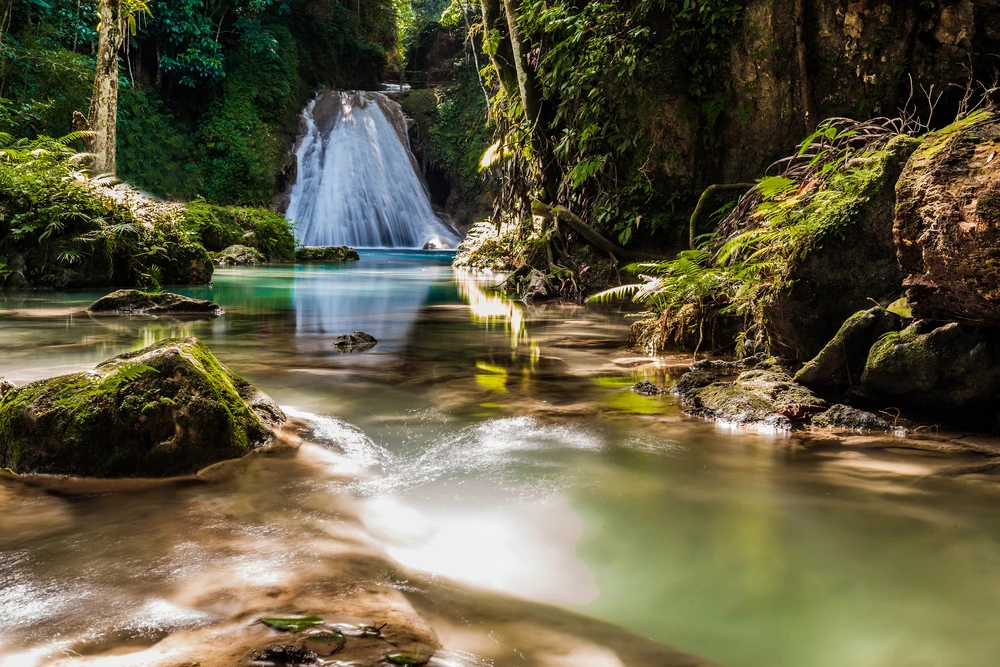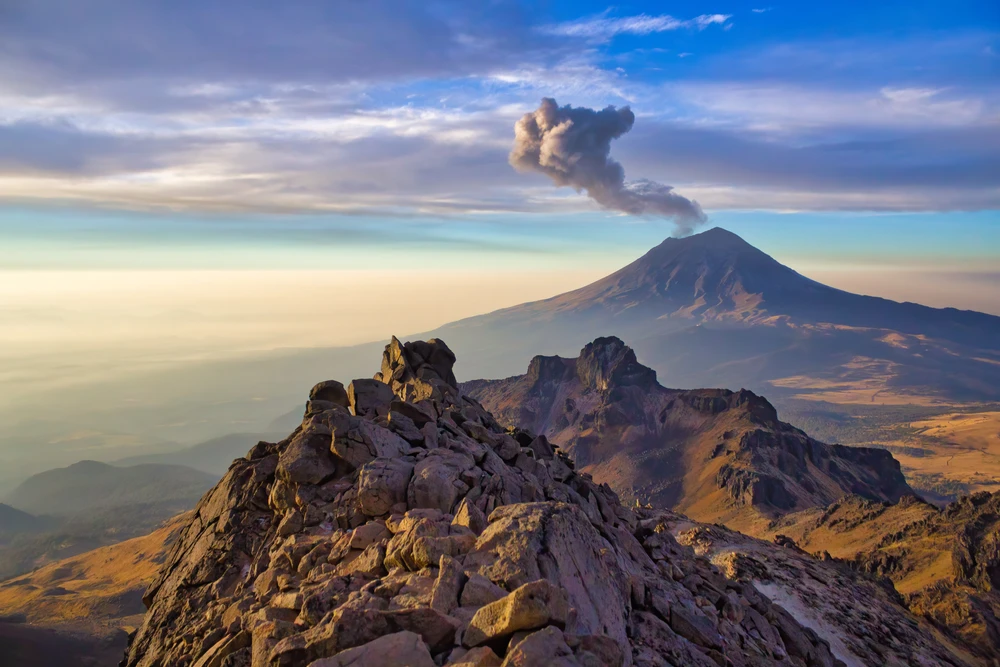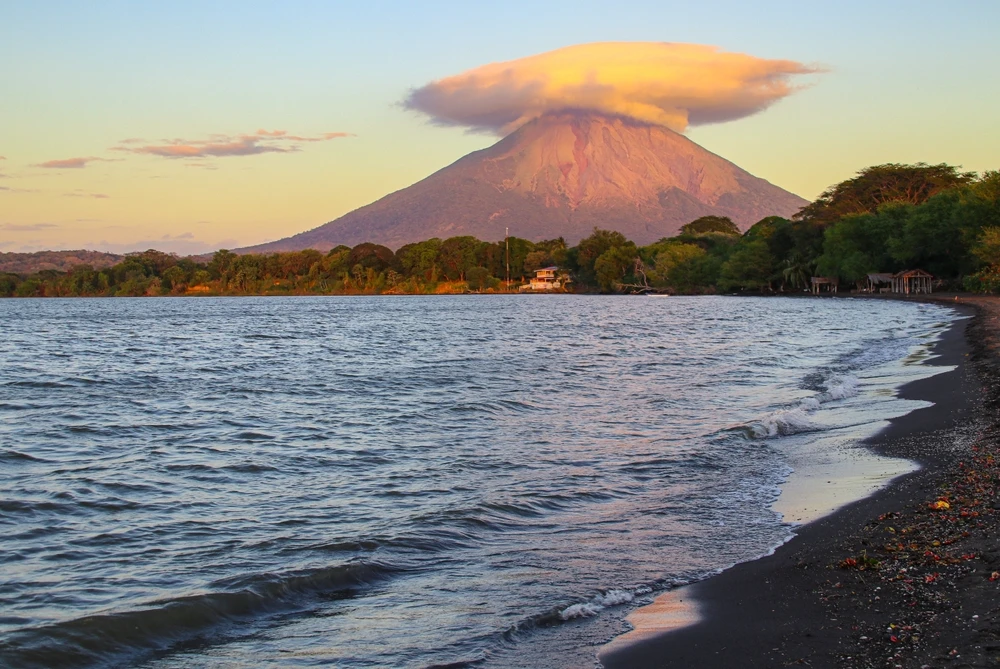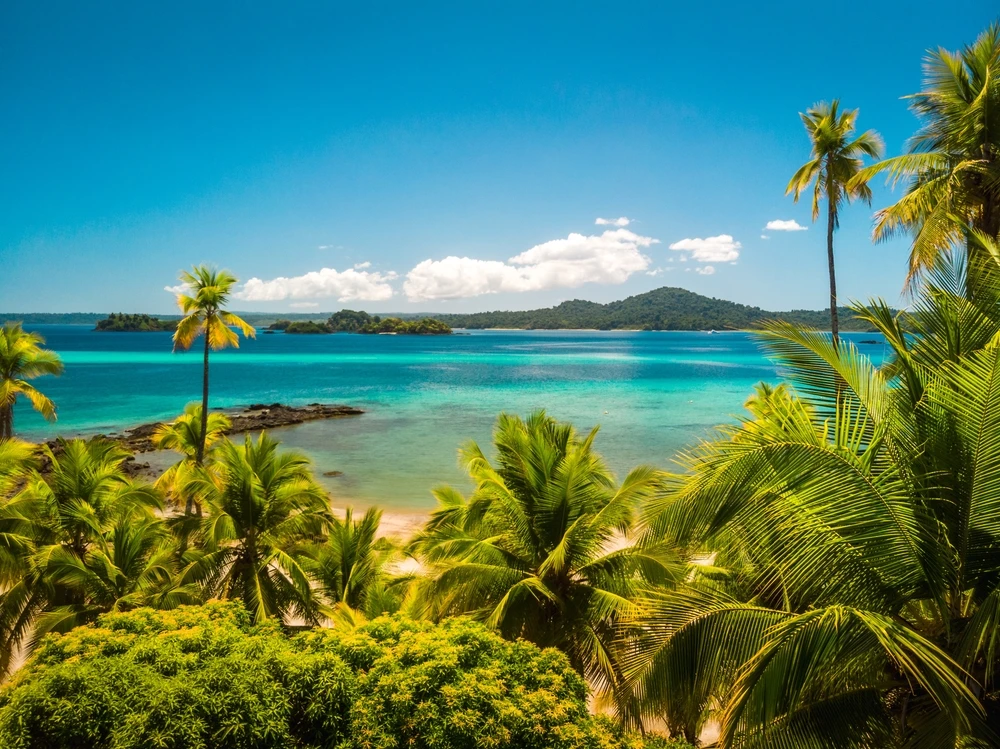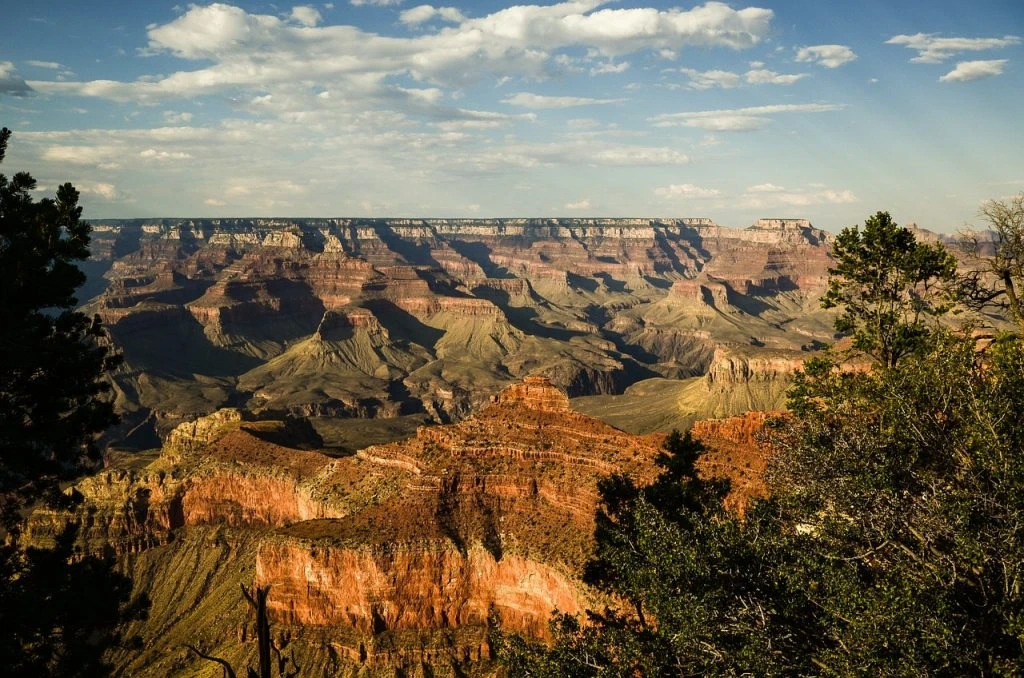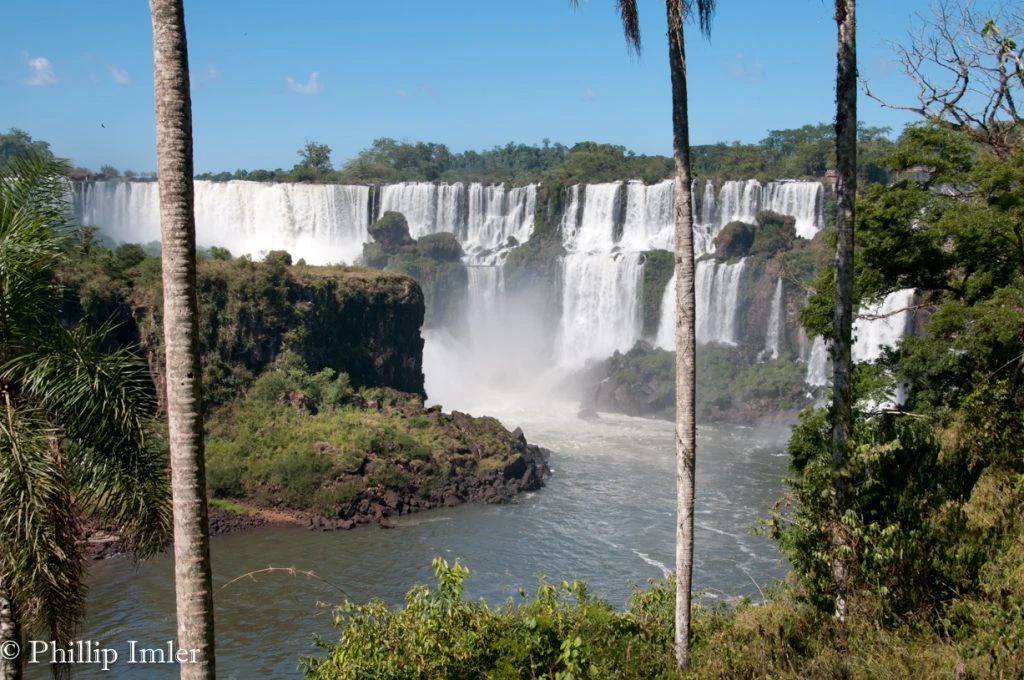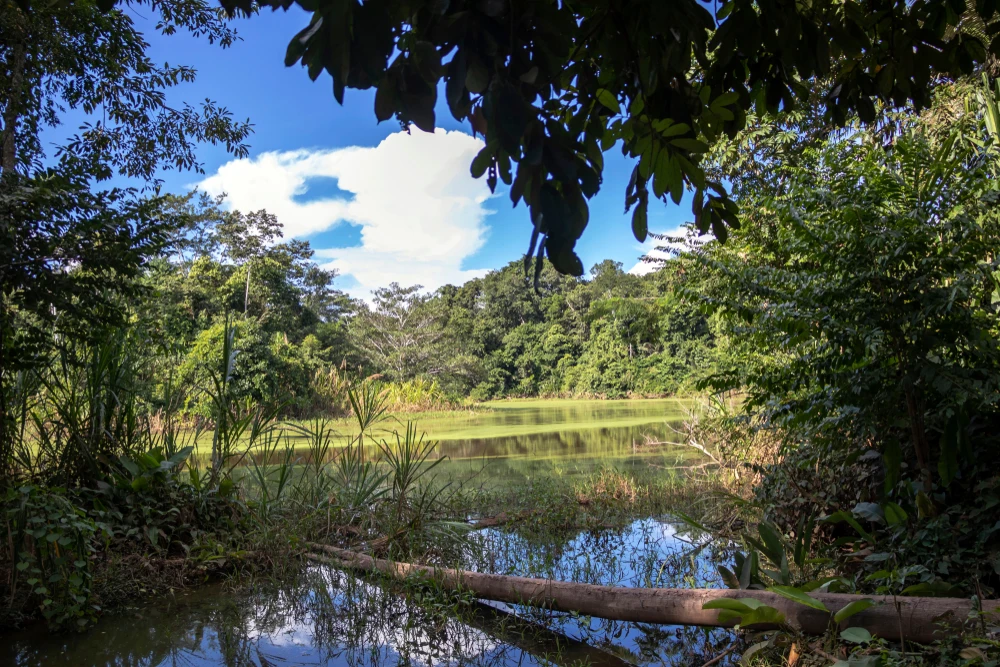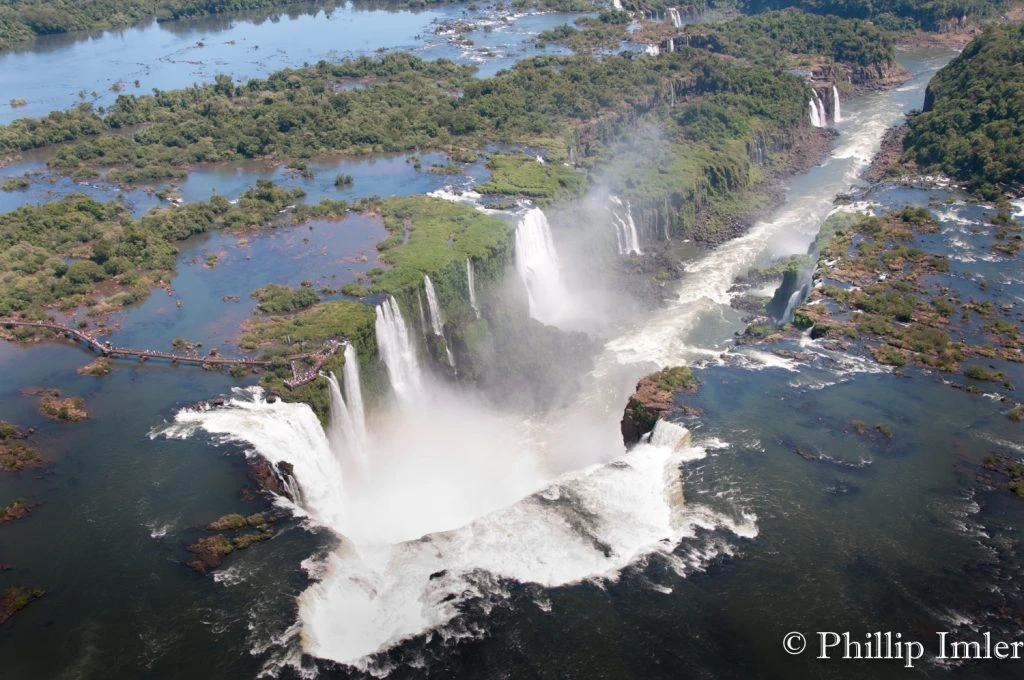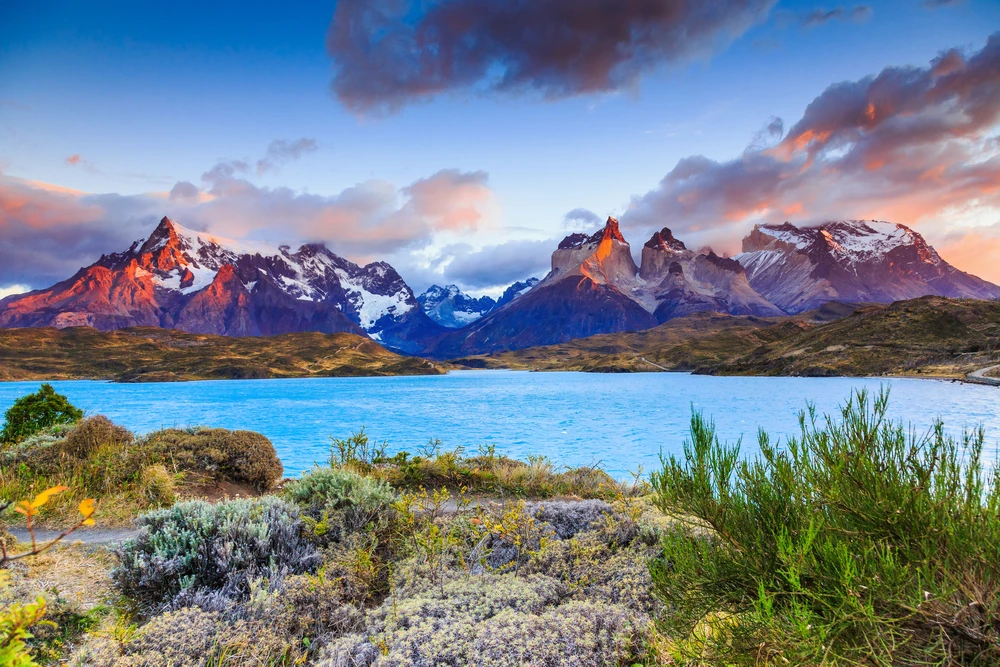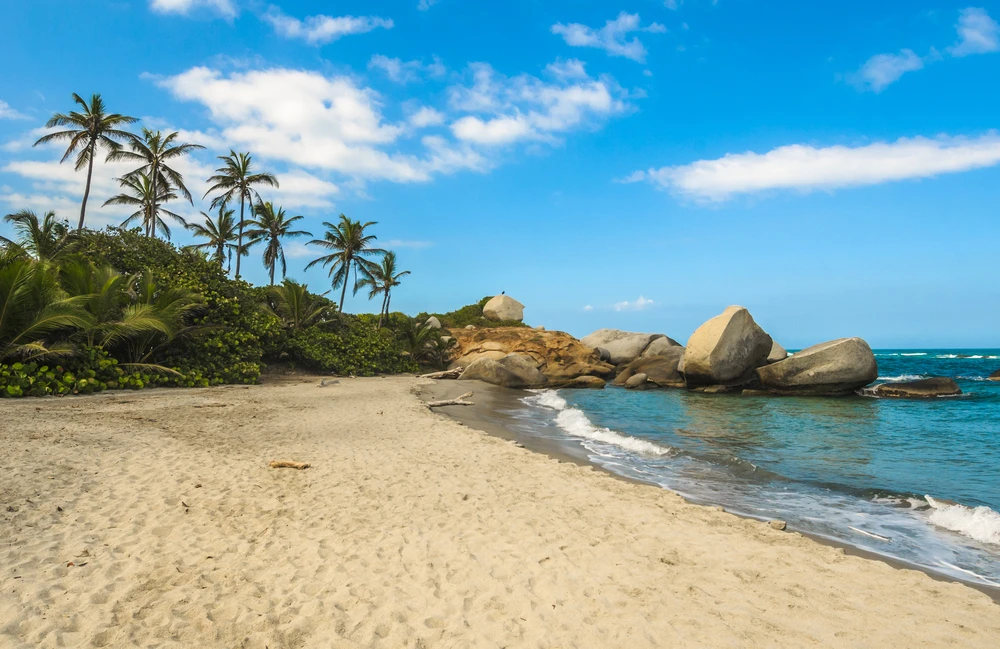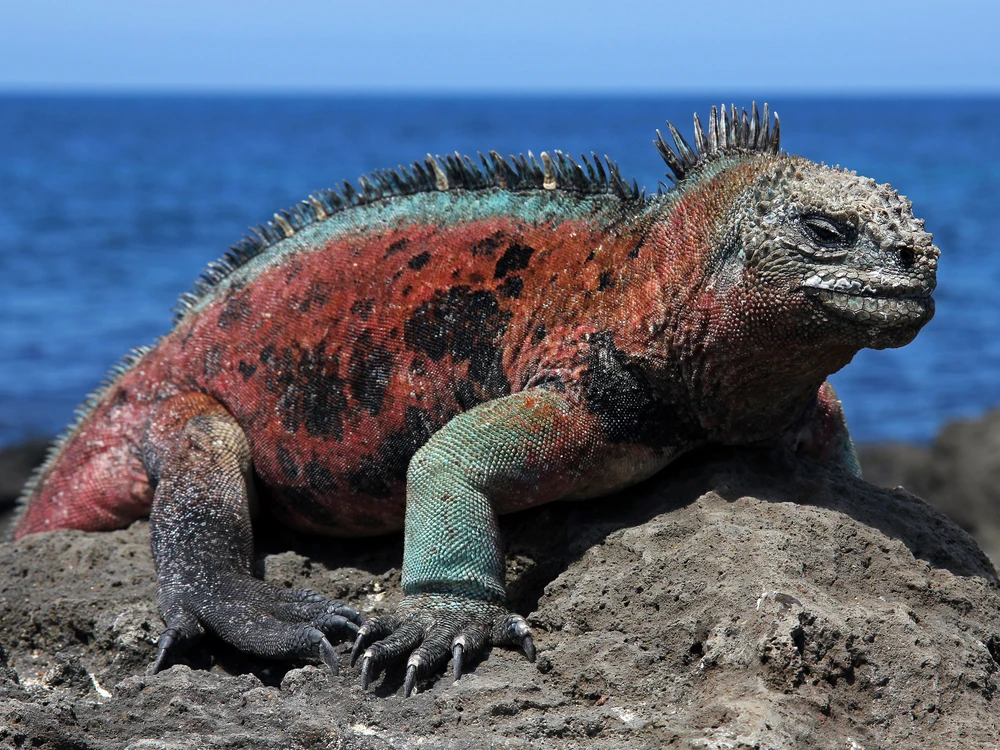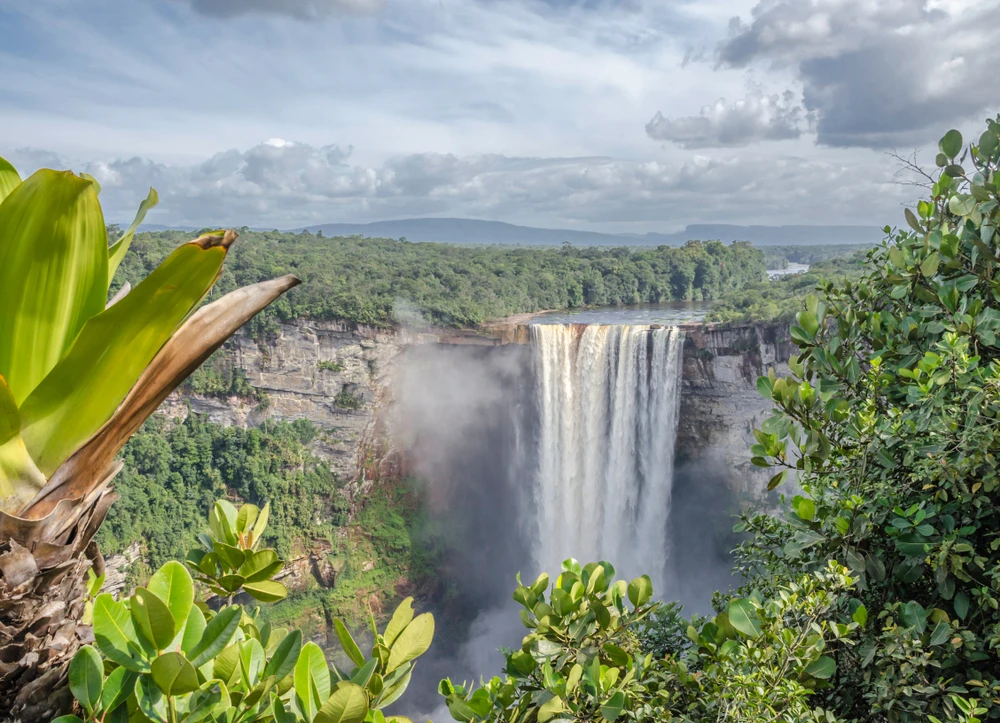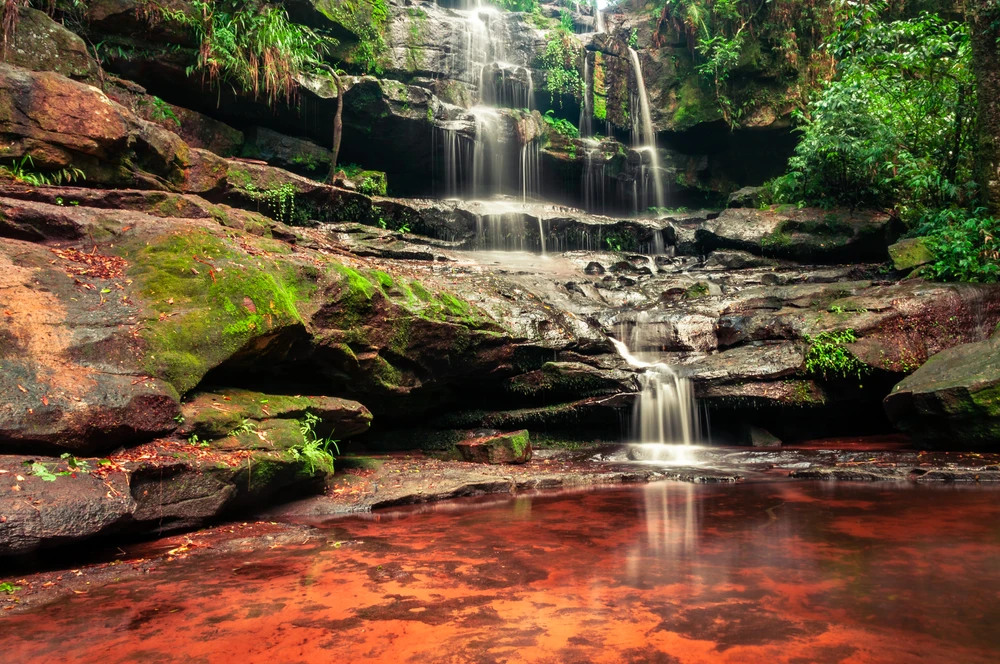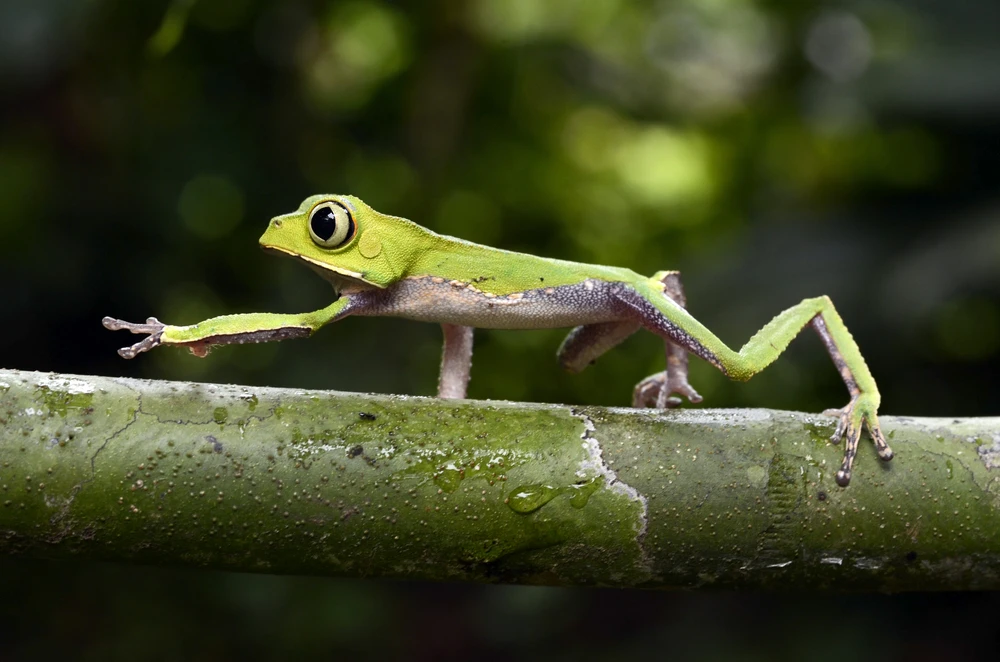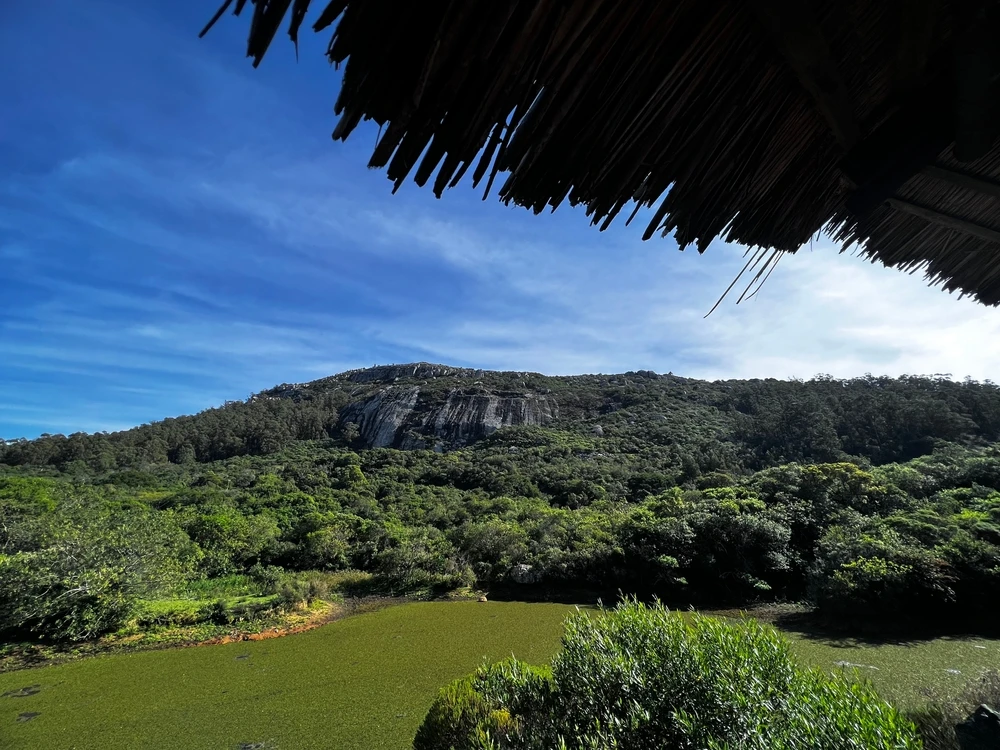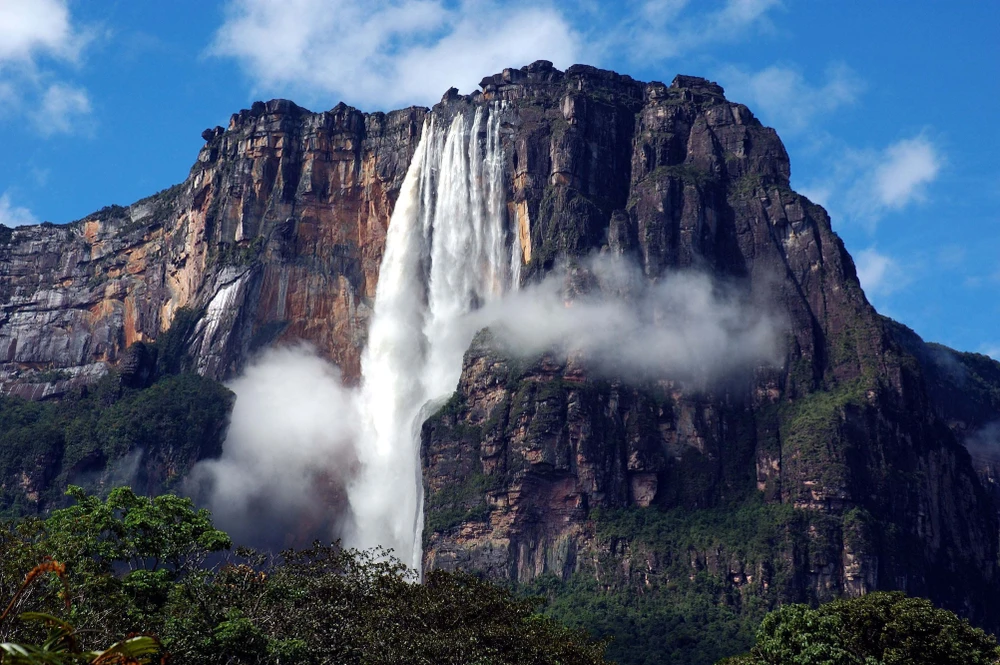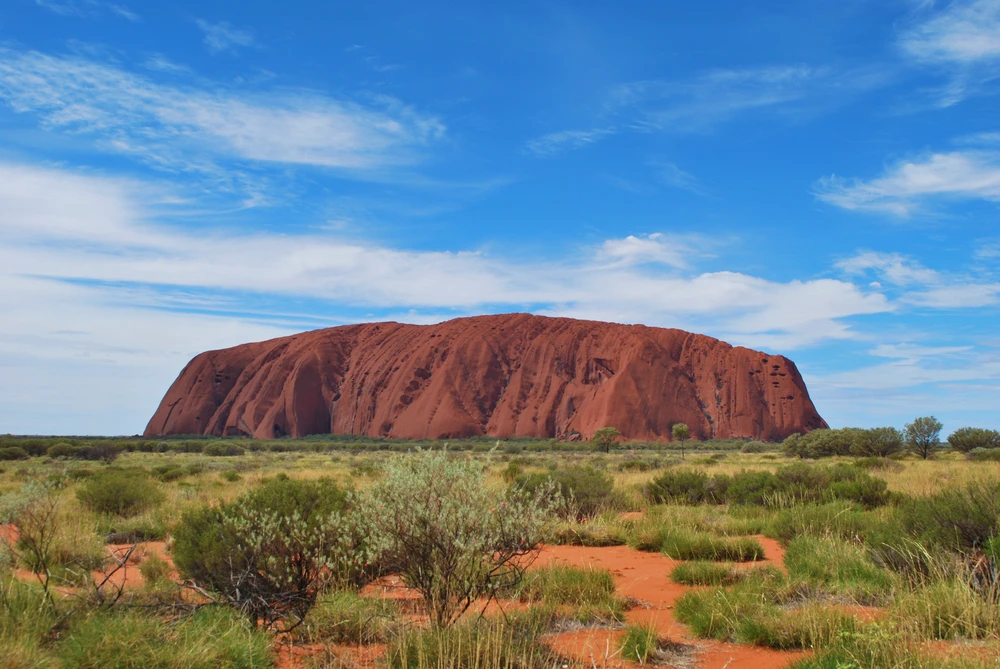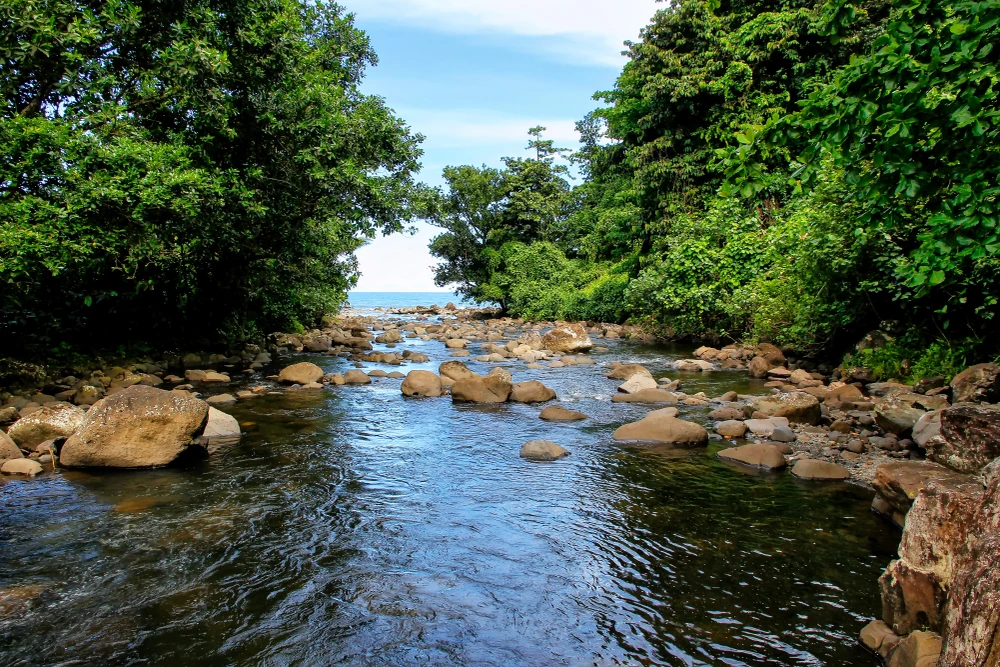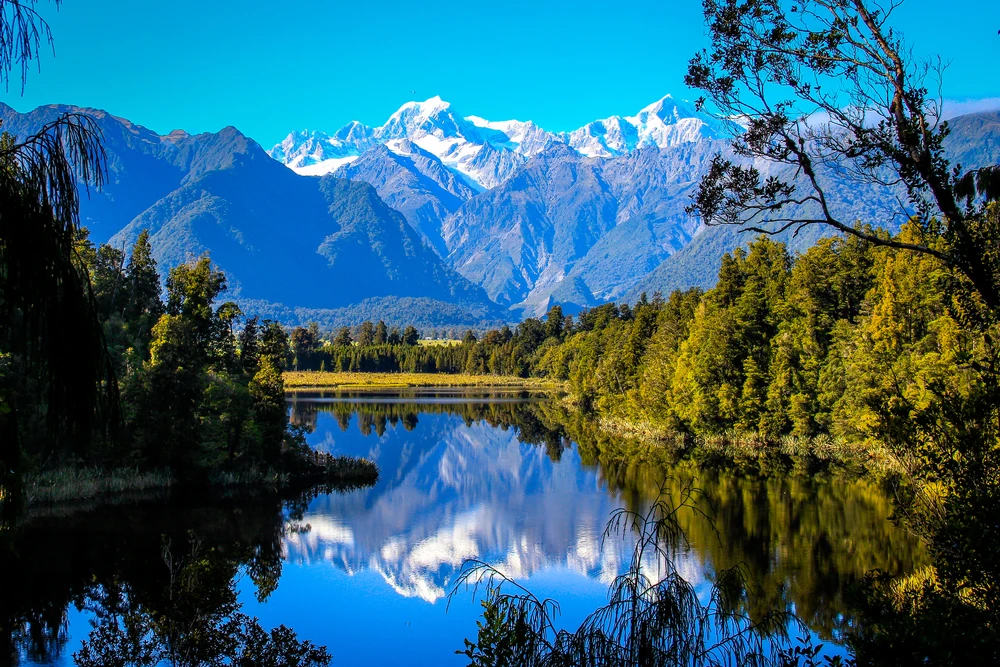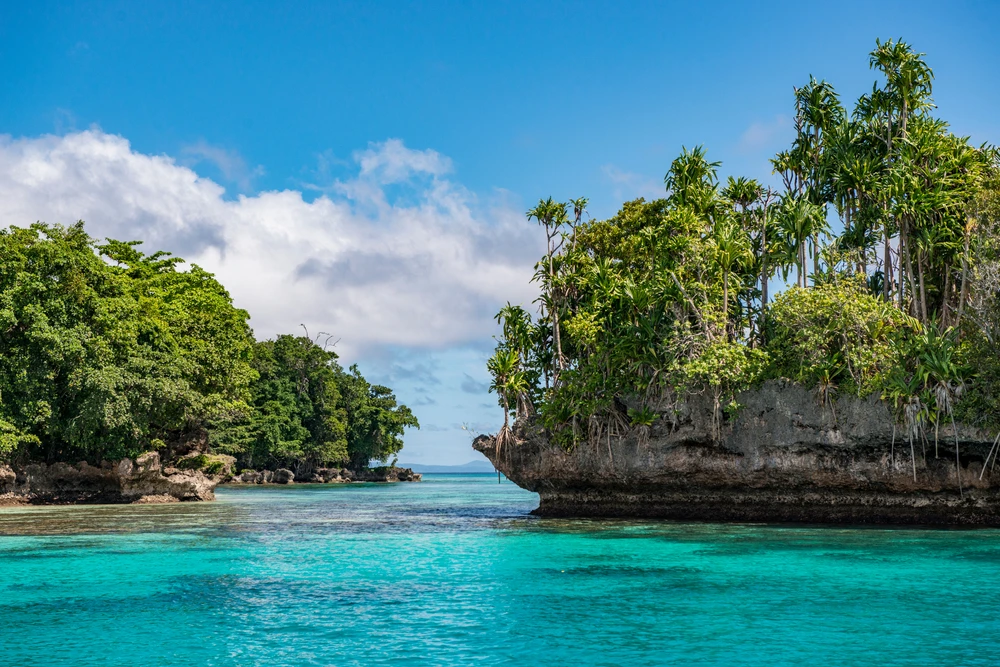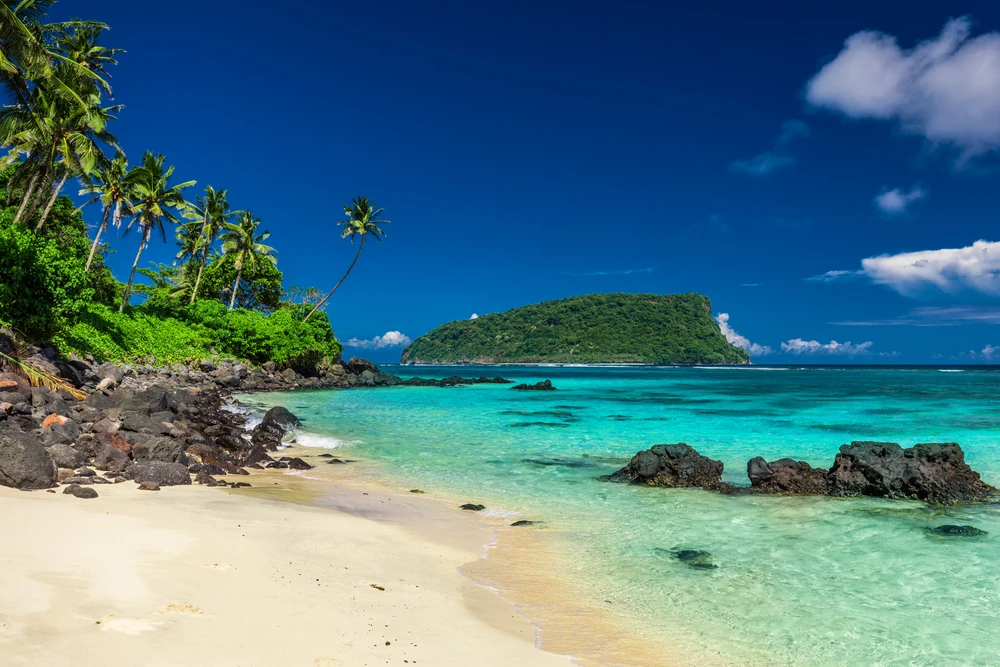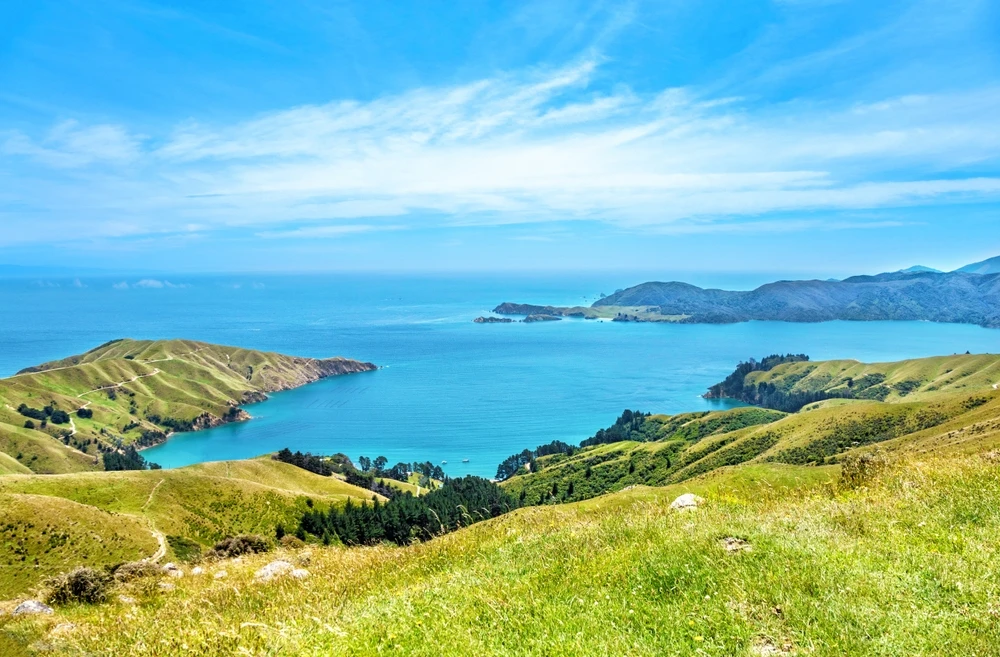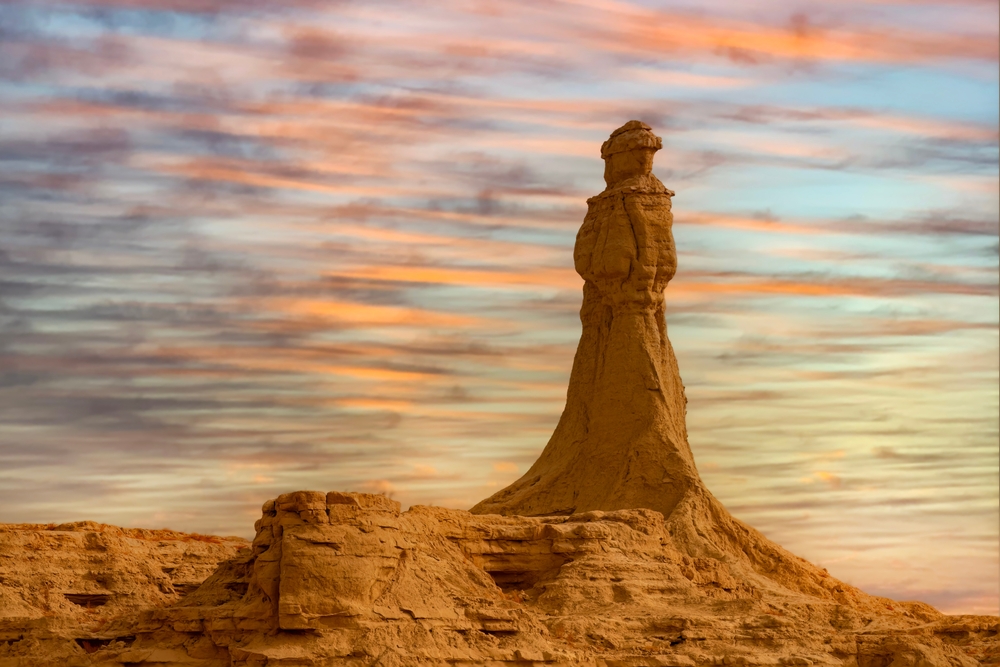The first national park in Pakistan is Ayub National Park, established in 1950. Located near Rawalpindi in the Punjab province, it was originally created as a recreational park with a focus on conservation and public enjoyment. Spanning over 9 square miles (23 square kilometers), Ayub National Park is known for its gardens, lakes, and wildlife sanctuary.
About Pakistan National Parks
Pakistan is home to an impressive array of national parks that reflect its extraordinary ecological diversity and rich natural heritage. The country boasts 30 national parks, spread across its varied landscapes, from towering mountain ranges and lush valleys to arid deserts and coastal mangroves. These parks provide critical habitats for numerous plant and animal species, many of which are endemic or endangered. They also offer spectacular scenery and opportunities for eco-tourism, hiking, and wildlife observation.
One of the most renowned parks is Deosai National Park, often referred to as the “Land of Giants.” Situated in the northern Gilgit-Baltistan region, Deosai is famous for its high-altitude plateau, stunning summer wildflower blooms, and pristine alpine meadows. It is a haven for wildlife such as the Himalayan brown bear, snow leopards, and golden marmots. The park is also a vital conservation area for the unique ecosystem of the Deosai Plains, which lie at an average elevation of over 4,000 meters.
Another remarkable site is Hingol National Park, the largest national park in Pakistan, located in the southwestern province of Balochistan. Spanning over 6,100 square kilometers, Hingol is celebrated for its dramatic desert and coastal landscapes, including the iconic Princess of Hope rock formation and mud volcanoes. The park is home to diverse wildlife, including Sindh ibex, urial, chinkara, and migratory birds. Its proximity to the Arabian Sea adds to its ecological significance, with marine turtles often nesting along its beaches.
Khunjerab National Park, located in the Karakoram Range near the border with China, is one of the highest-altitude parks in the world. Established to protect endangered species such as the snow leopard, Marco Polo sheep, and Siberian ibex, this park offers breathtaking views of snow-capped peaks and vast high-altitude grasslands. Its rugged terrain makes it an excellent destination for adventure seekers and wildlife enthusiasts.
Ayubia National Park, a smaller but equally captivating park in the Abbottabad District, features dense pine forests, misty hills, and cool climates. The park is a popular retreat for locals and tourists, with well-maintained trails such as the famed Pipeline Track offering panoramic views of the surrounding mountains.
Despite these natural treasures, Pakistan faces significant conservation challenges, including deforestation, poaching, and climate change impacts. However, there have been notable successes, such as the revival of the Himalayan brown bear population in Deosai and the increasing local and global recognition of the country’s ecological wealth. Efforts like community-based conservation projects and reforestation initiatives have contributed positively to the preservation of these parks and their biodiversity.
Pakistan’s national parks are a testament to its ecological richness, offering unparalleled natural beauty and vital sanctuaries for endangered species. They represent both a challenge and an opportunity for sustainable conservation and tourism.
Pakistan National Parks
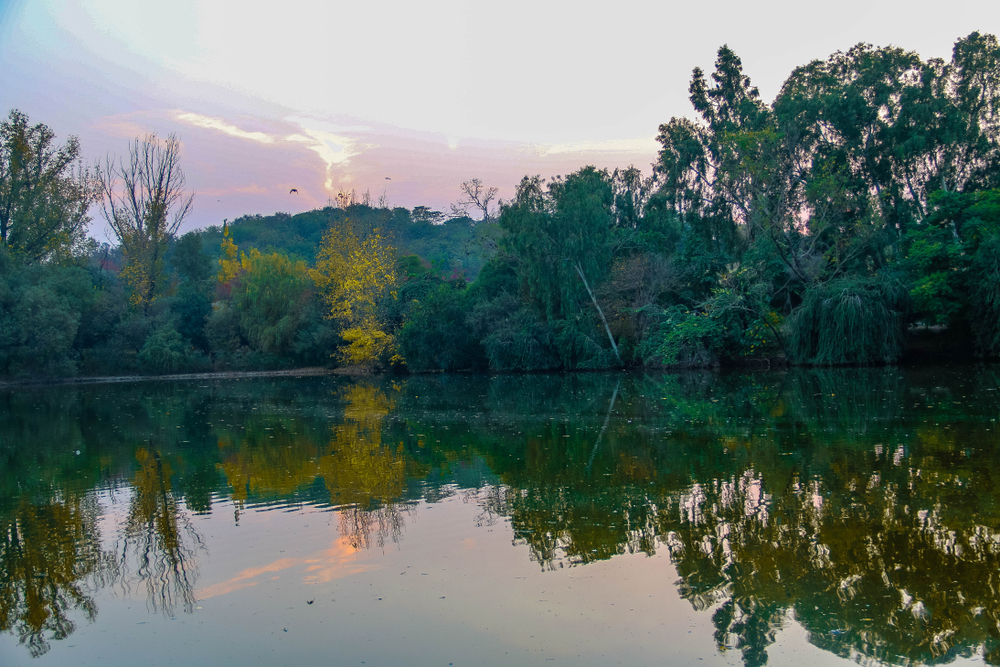
Ayub National Park
Explore Now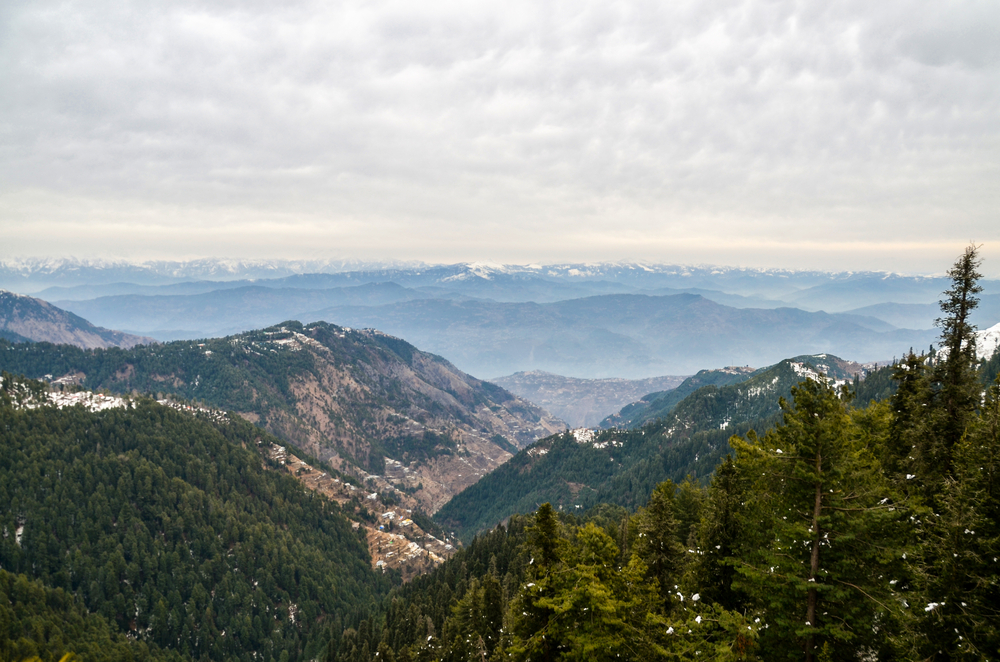
Ayubia National Park
Explore Now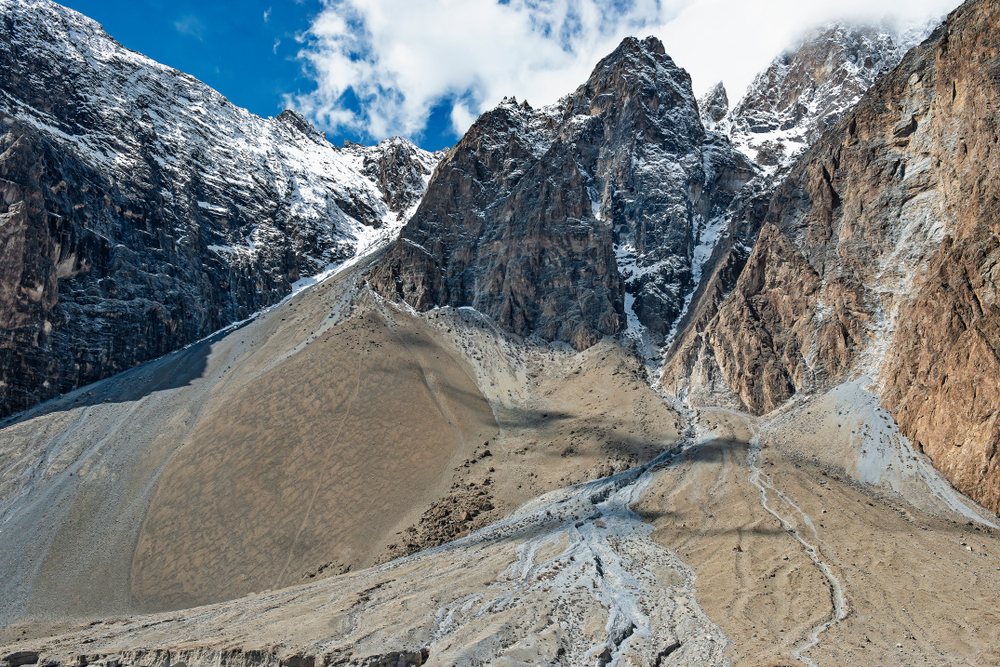
Central Karakoram National Park
Explore Now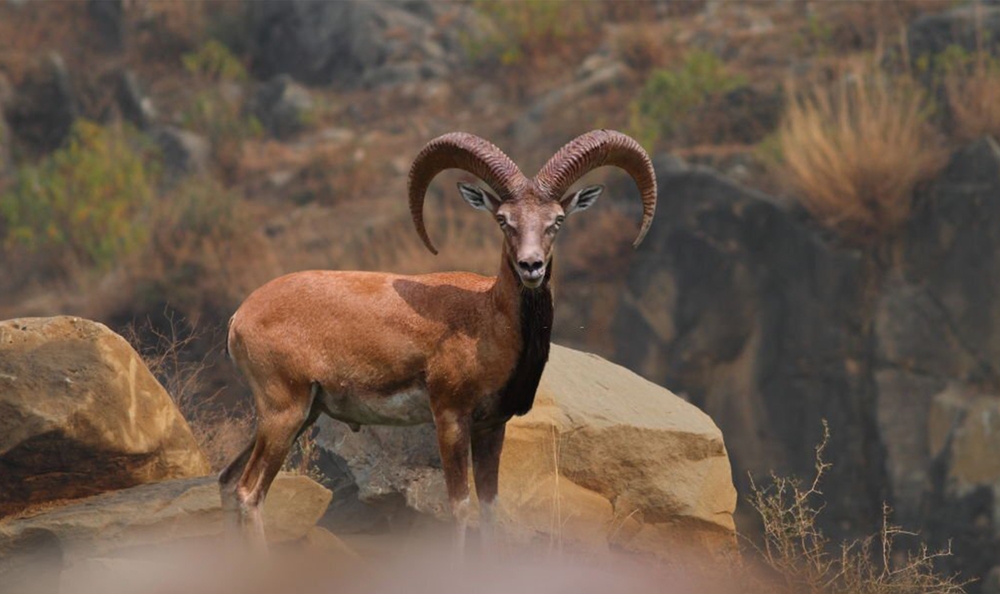
Chinji National Park
Explore Now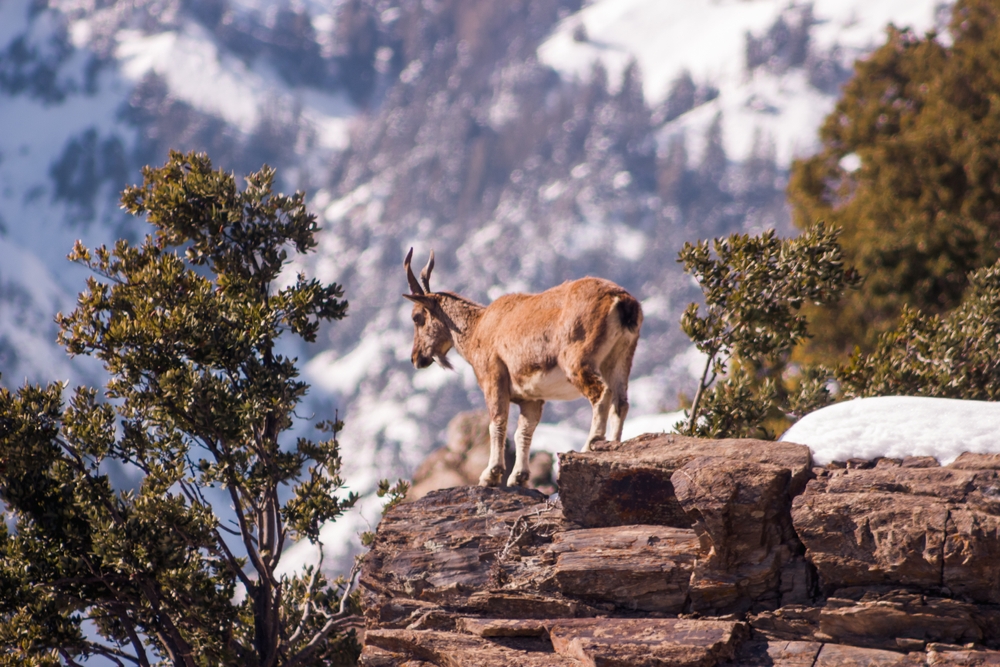
Chitral National Park
Explore Now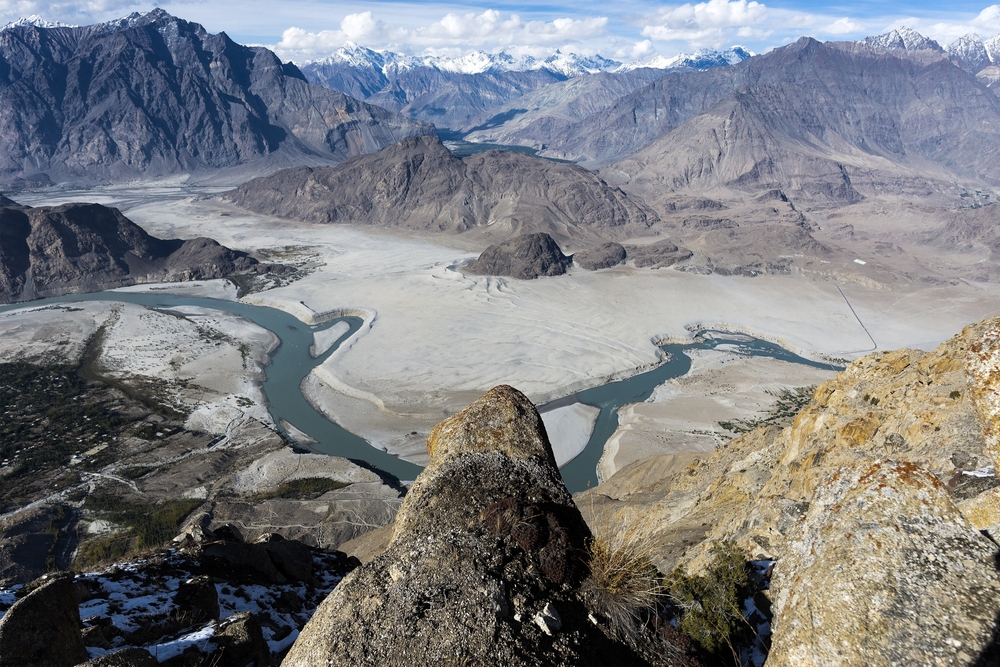
Deosai National Park
Explore Now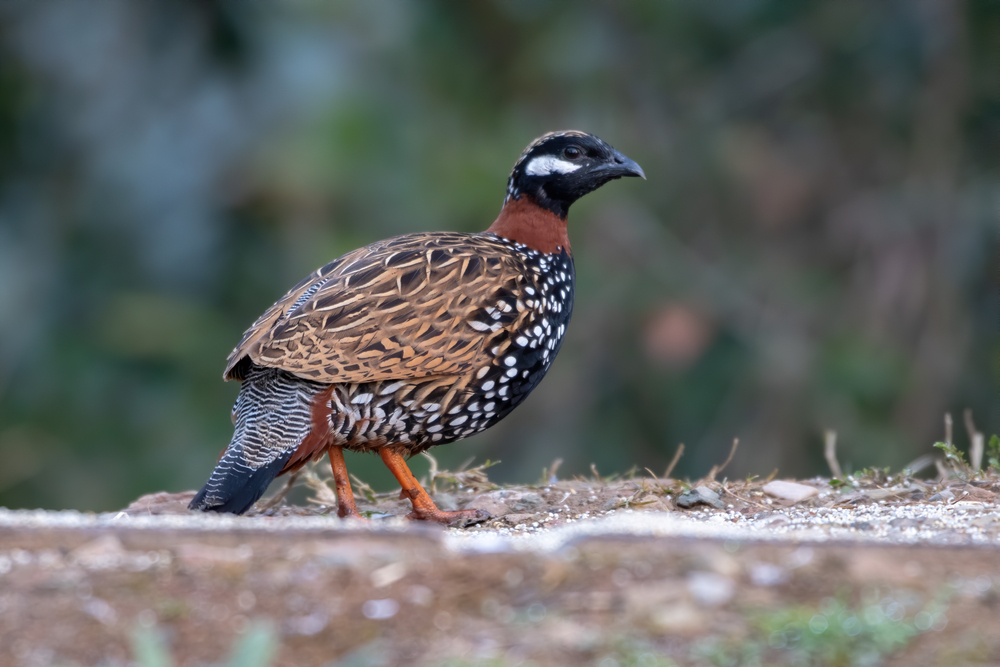
Deva Vatala National Park
Explore Now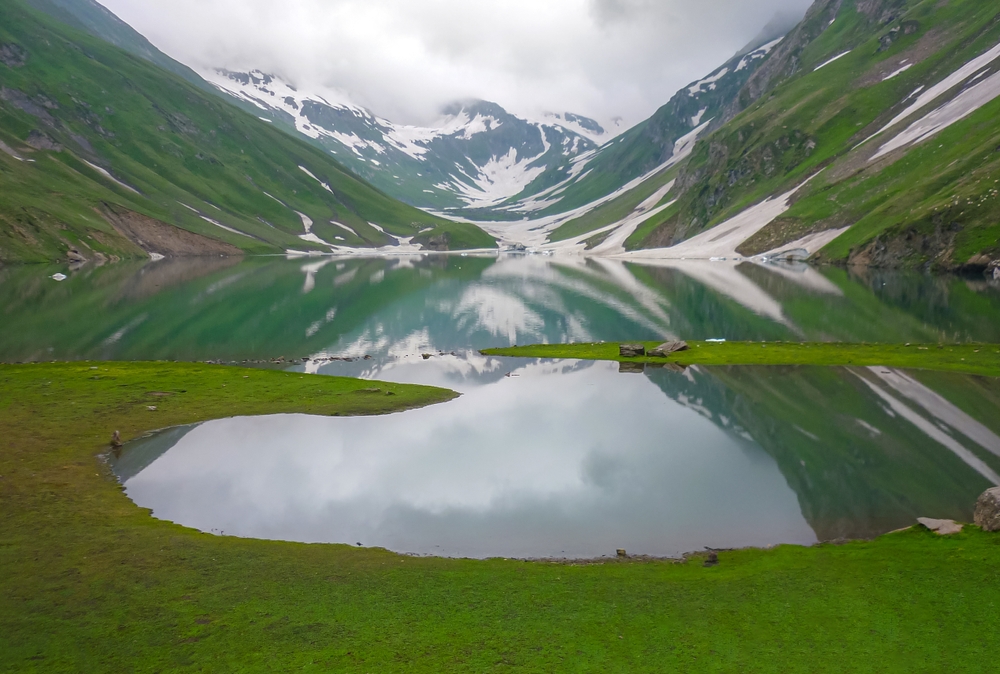
Gumot National Park
Explore Now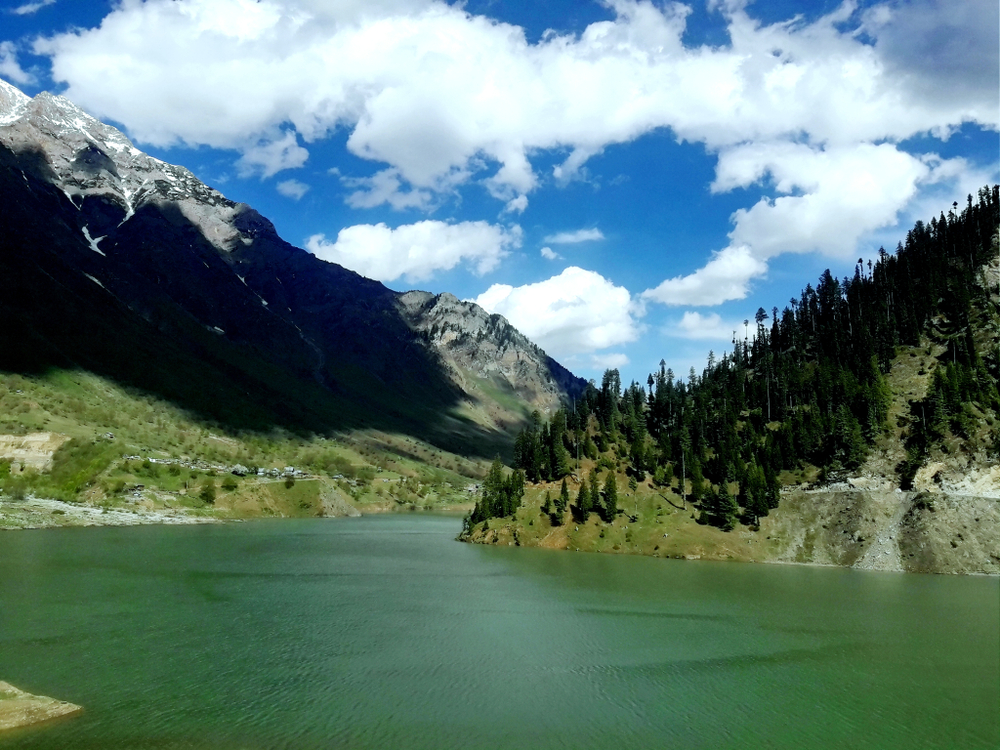
Gurez National Park
Explore Now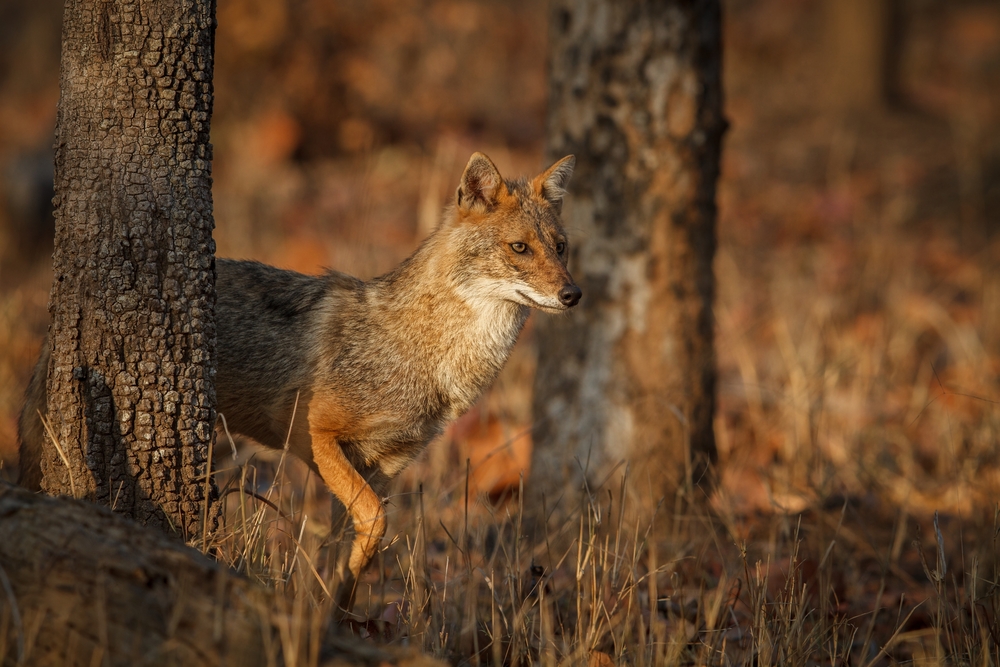
Hazarganji Chiltan National Park
Explore Now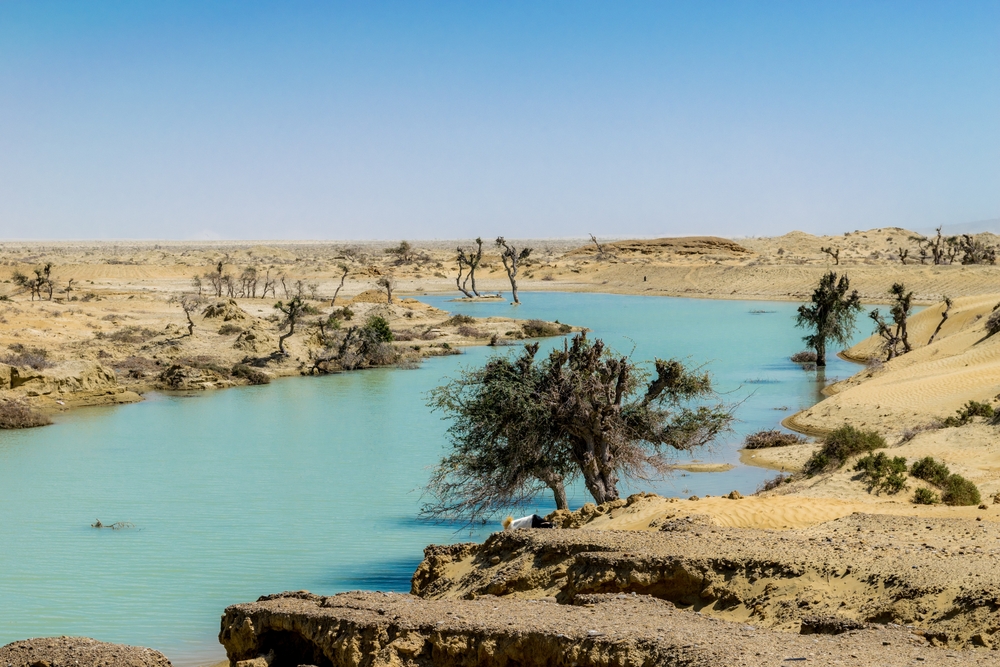
Hingol National Park
Explore Now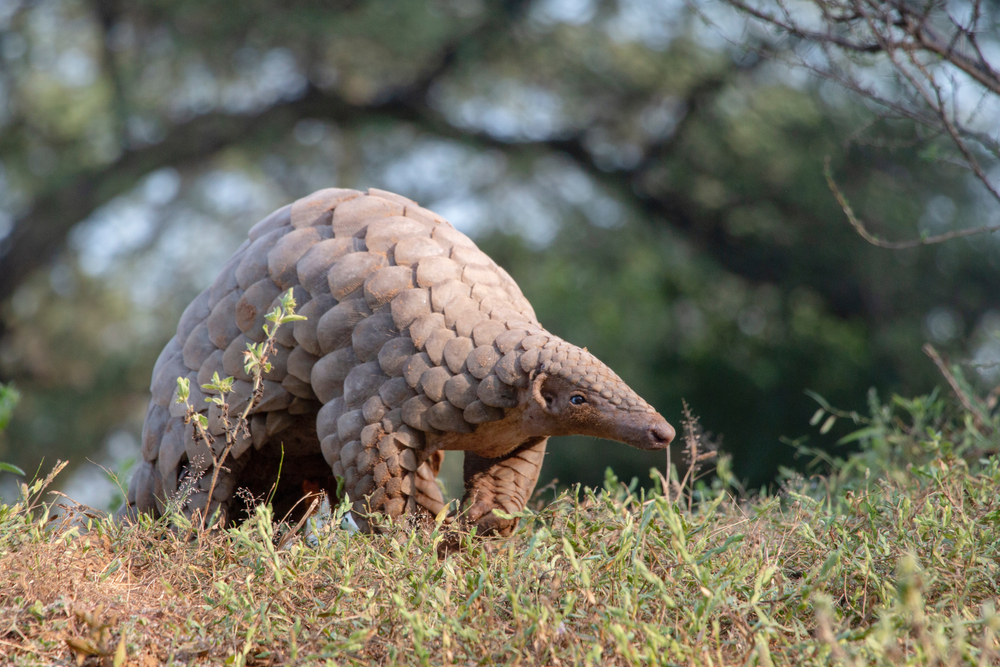
Kala Chitta National Park
Explore Now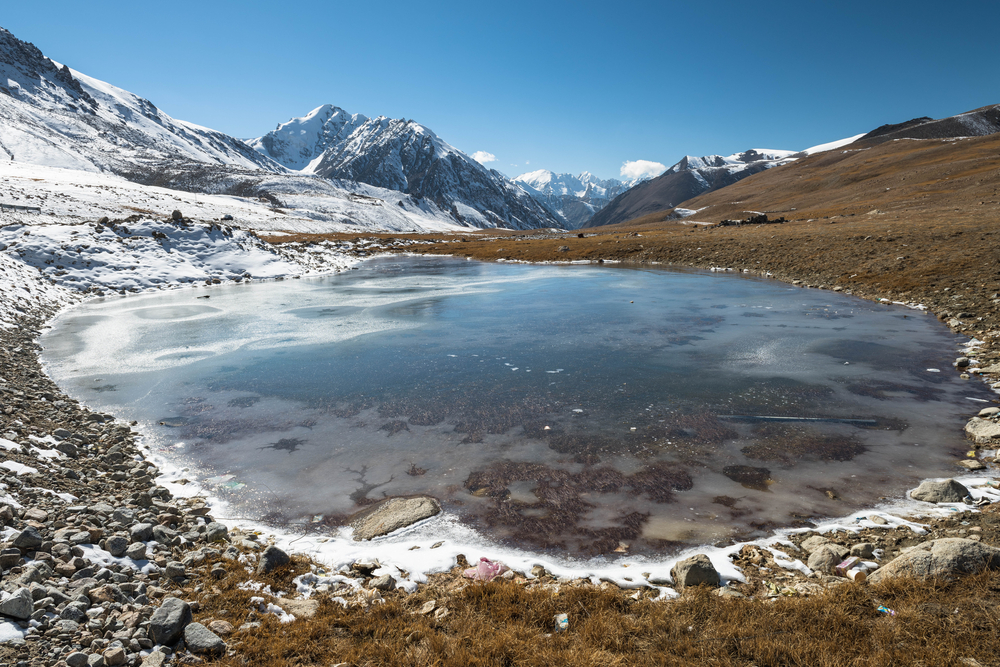
Khunjerab National Park
Explore Now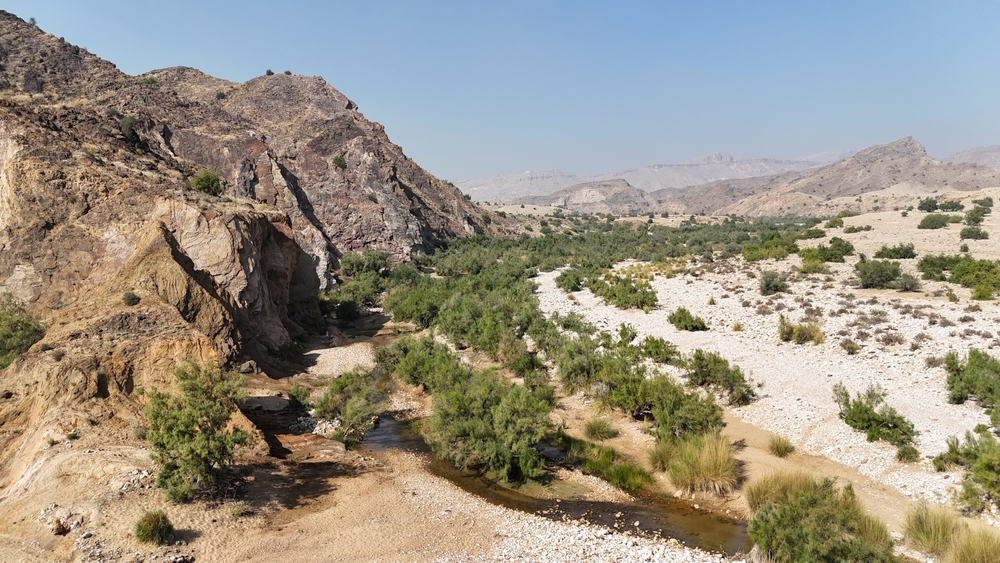
Kirthar National Park
Explore Now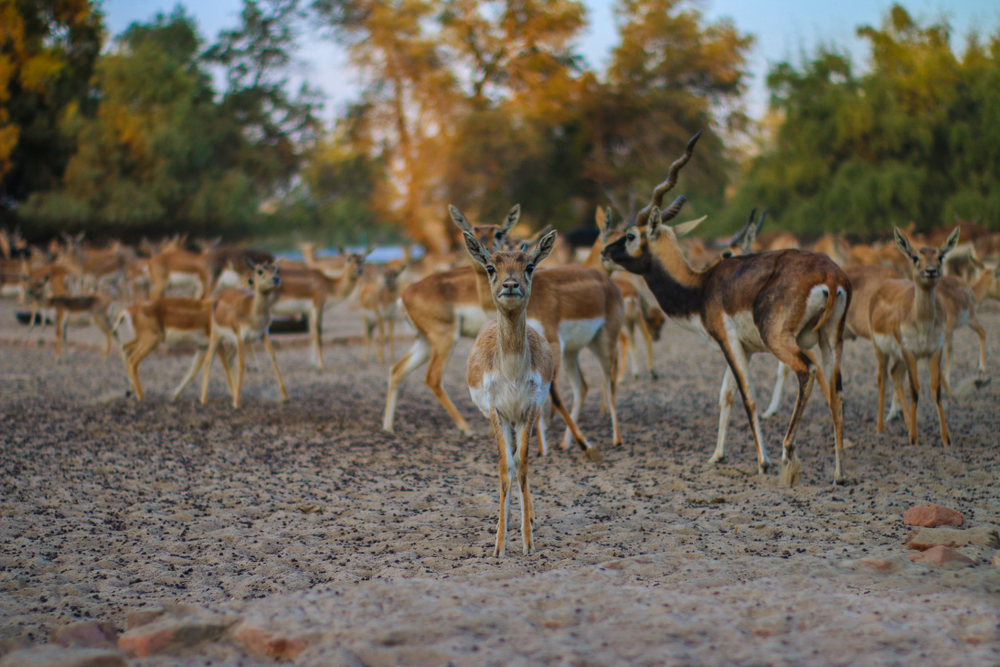
Lal Suhanra National Park
Explore Now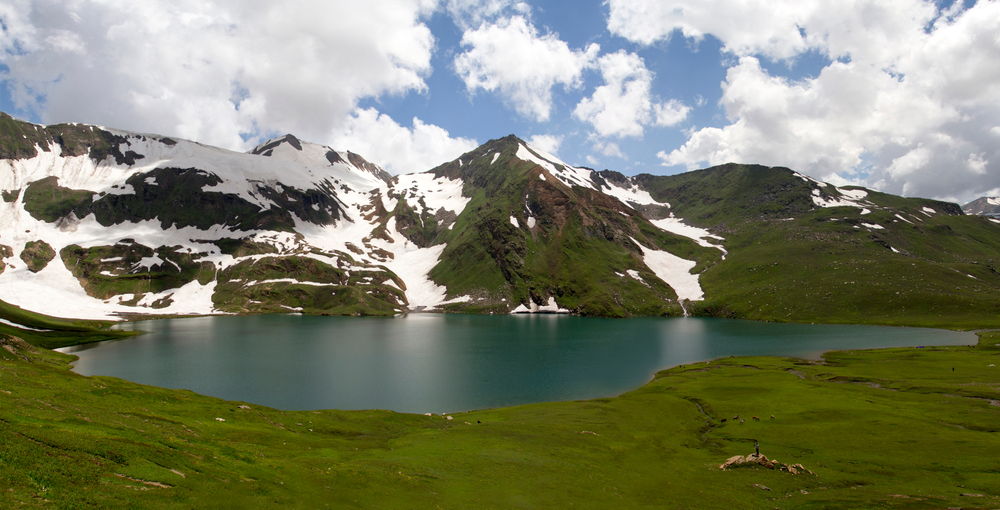
Lulusar-Dudipatsar National Park
Explore Now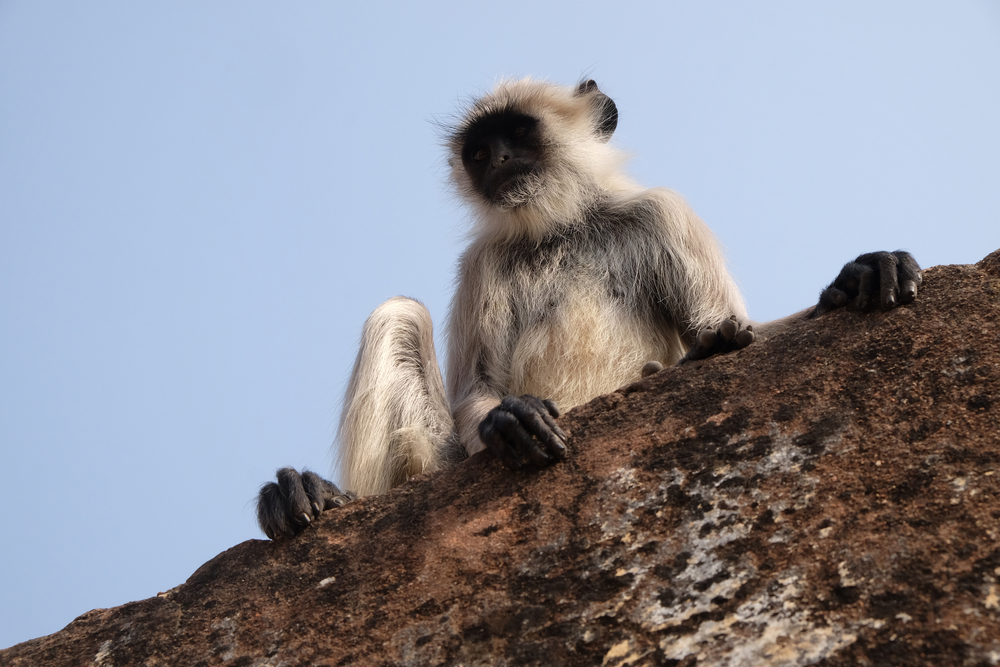
Machiara National Park
Explore Now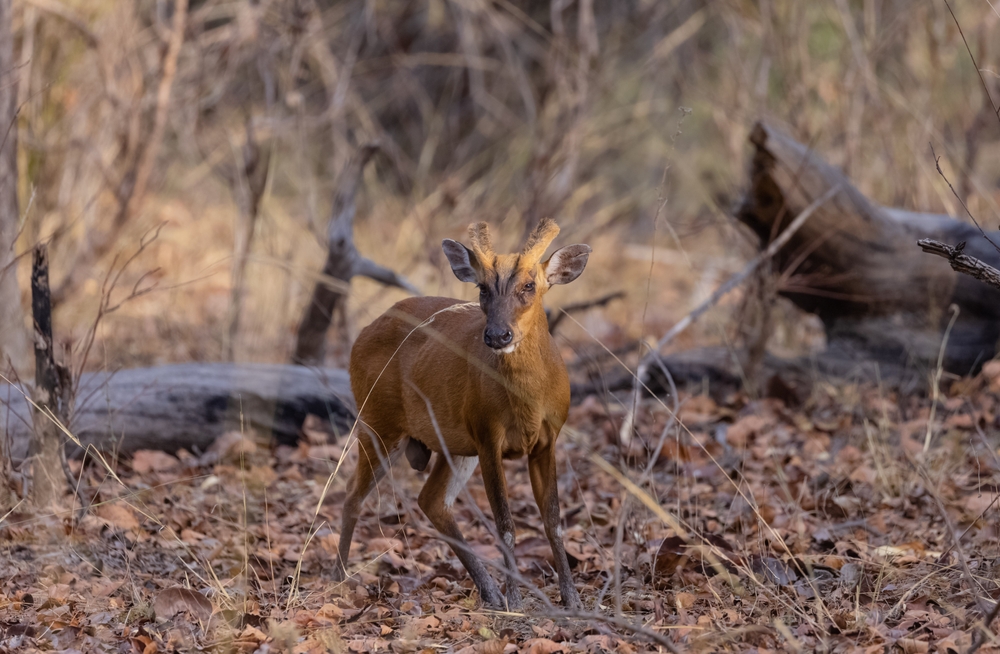
Malakandi National Park
Explore Now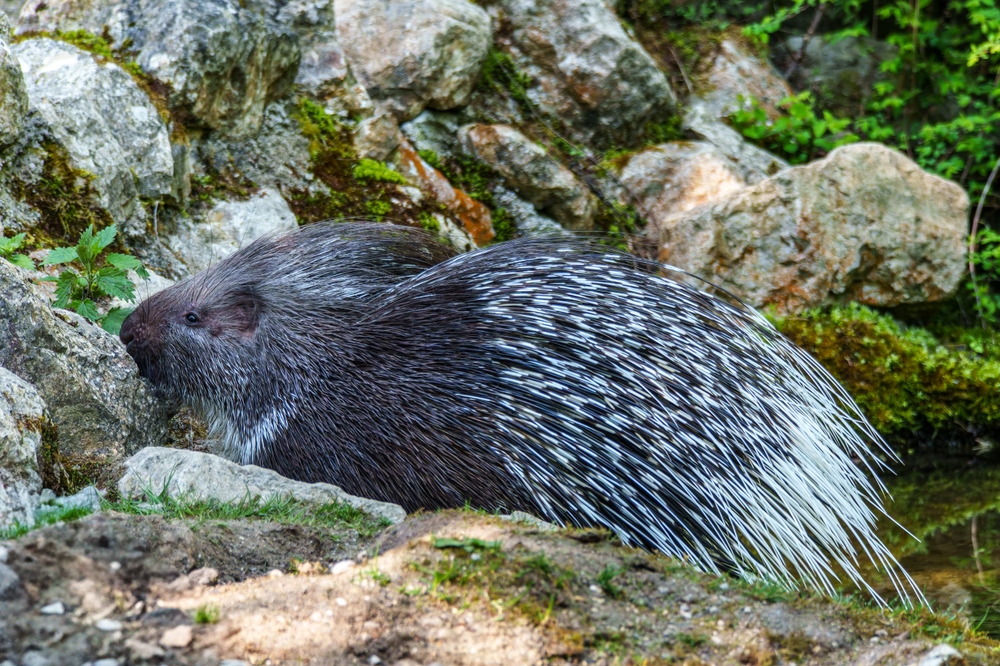
Manglot National Park
Explore Now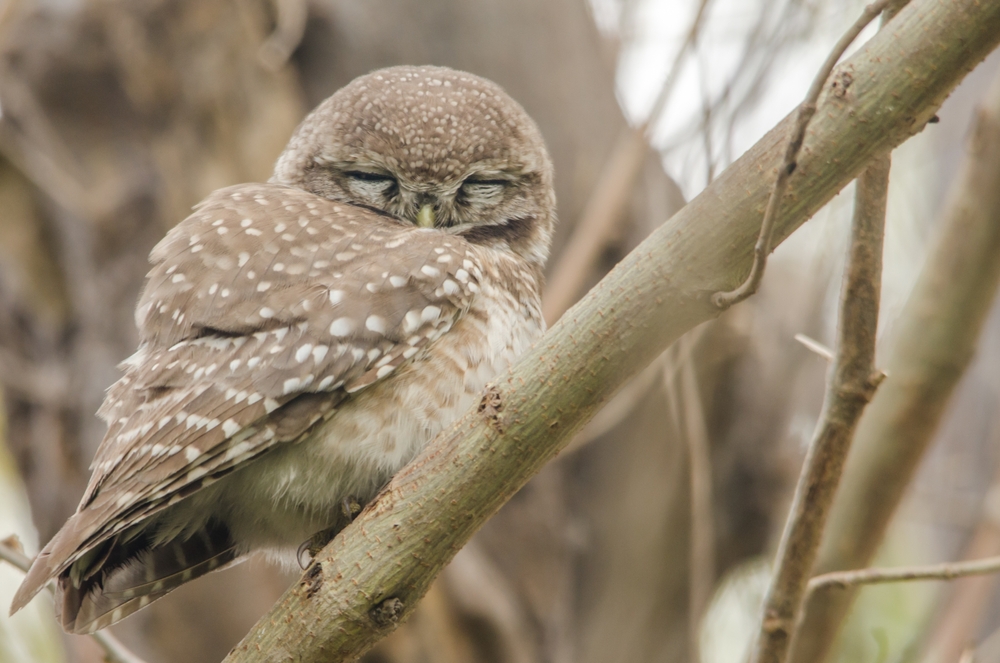
Margalla Hills National Park
Explore Now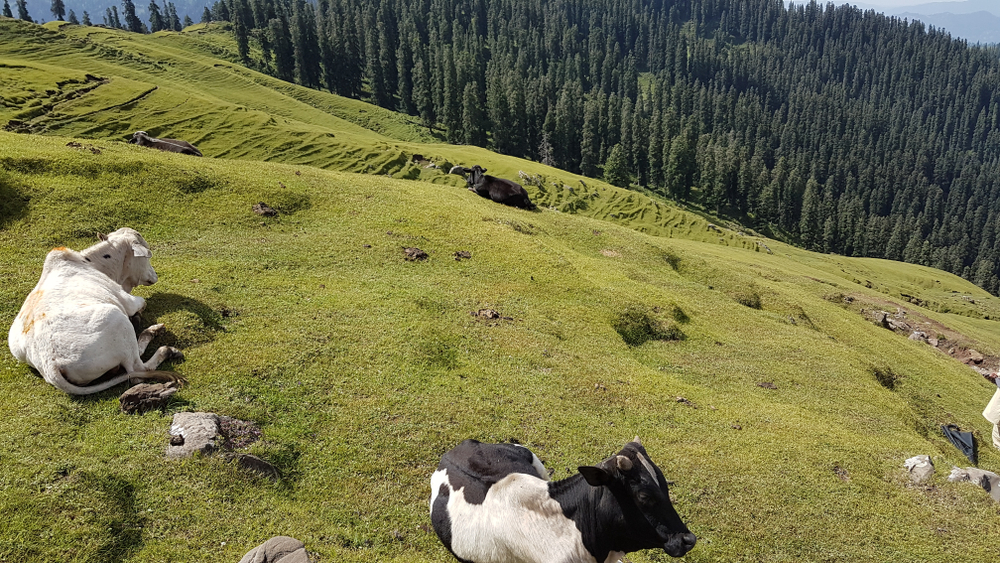
Panjal Mastan National Park
Explore Now
Saiful National Park
Explore Now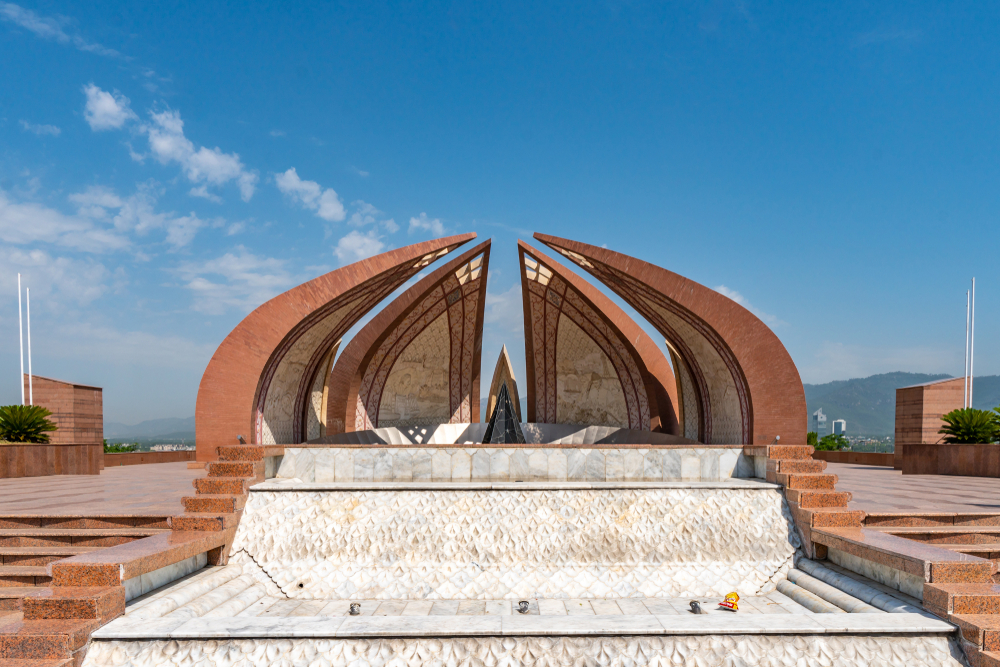
Shakarparian National Park
Explore Now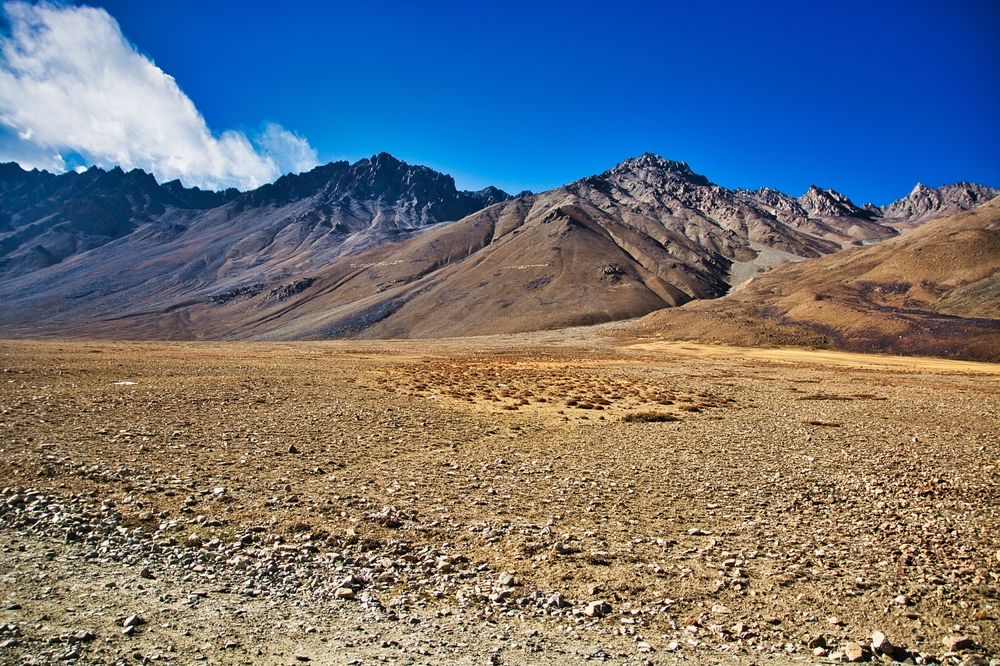
Shandur National Park
Explore Now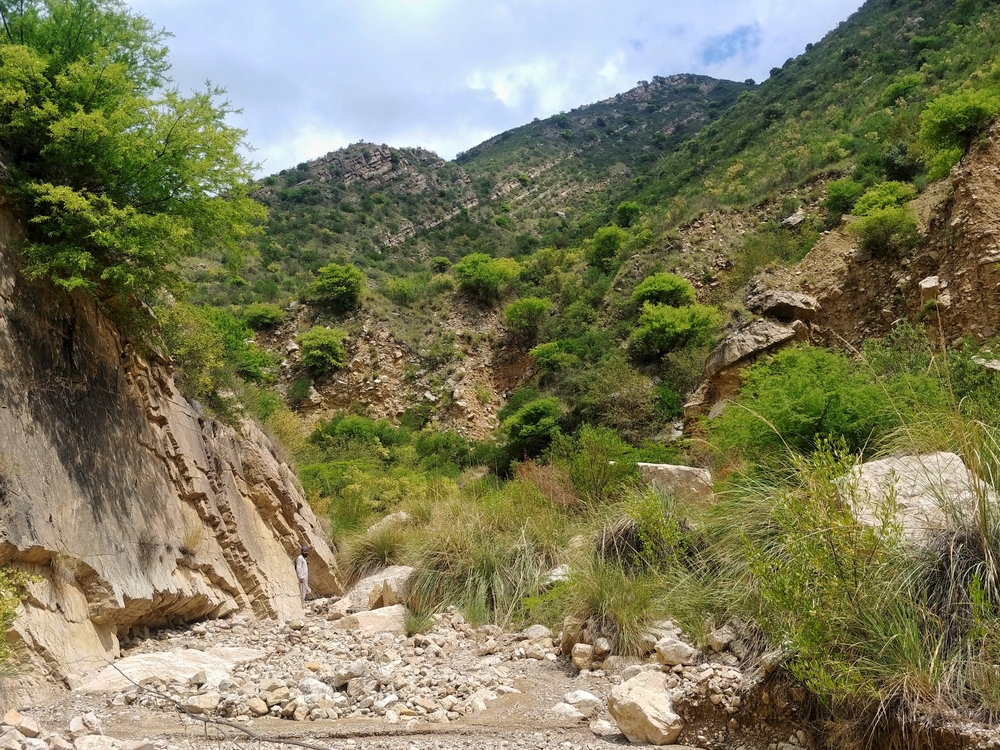
Sheikh Badin National Park
Explore Now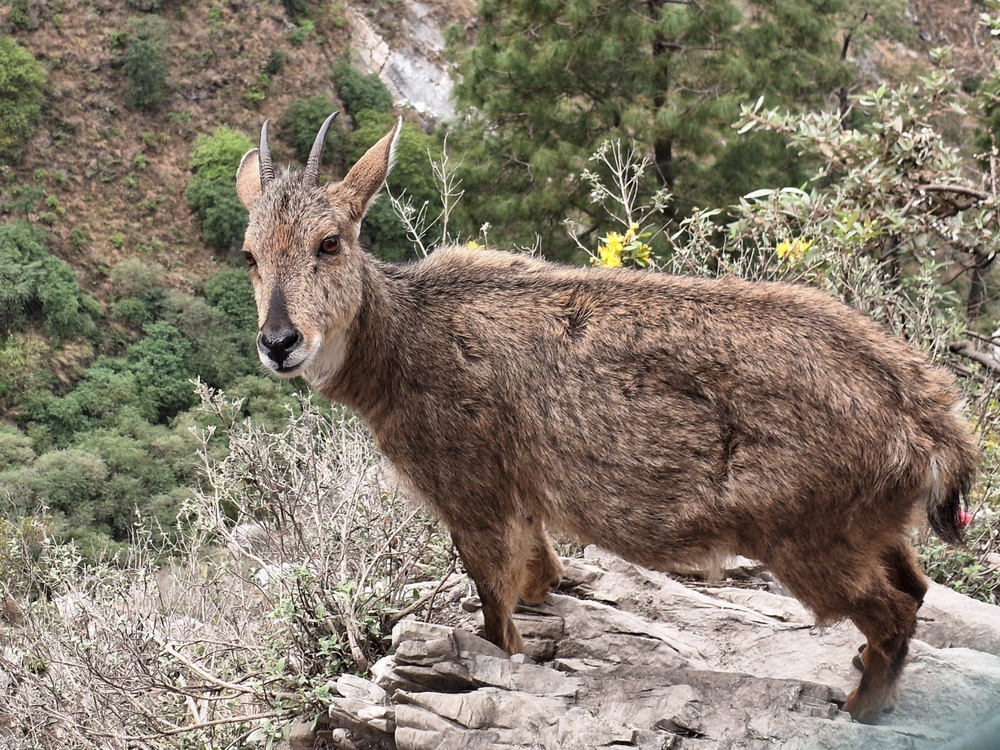
Takkar National Park
Explore Now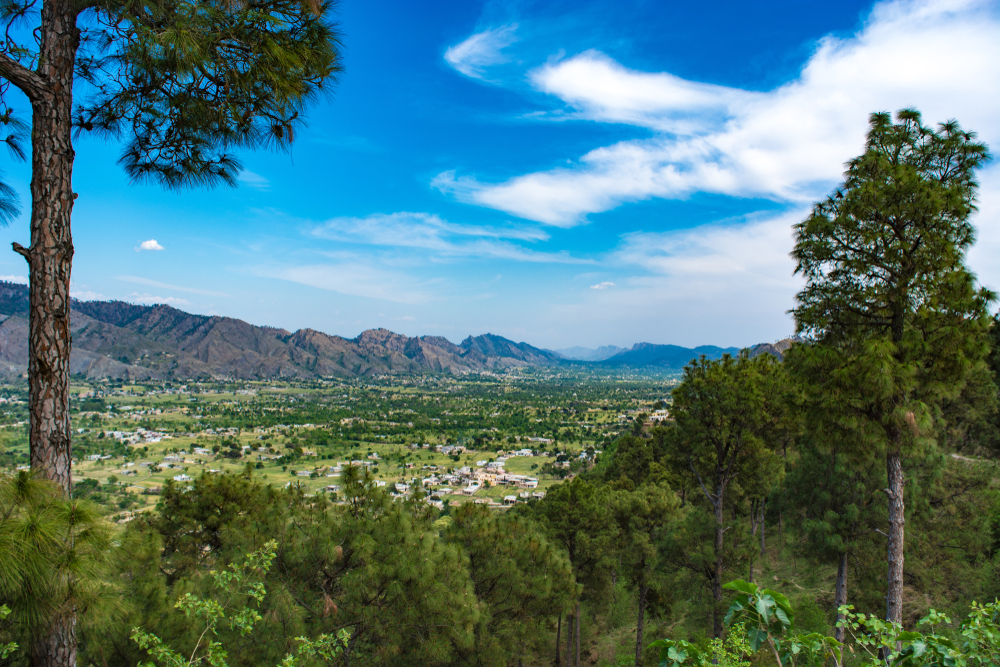
Tolipir National Park
Explore NowFAQ’s
1. What was the first national park in Pakistan?
2. What is the largest national park in Pakistan?
Hingol National Park is the largest national park in Pakistan, covering approximately 2,409 square miles (6,100 square kilometers).
Located in Balochistan, Hingol features a stunning mix of coastal landscapes, mountains, and desert. The park is famous for its unique rock formations, including the iconic Princess of Hope and the Hingol Mud Volcanoes, and is home to a wide range of wildlife such as the Sindh ibex, chinkara, and marsh crocodiles.
3. What is the smallest national park in Pakistan?
The smallest national park in Pakistan is Lal Suhanra National Park, covering around 128 square miles (331 square kilometers).
Located in the Punjab province, Lal Suhanra is an important desert ecosystem with both irrigated and desert areas. It is home to diverse species, including blackbuck antelopes and hog deer, and is a significant area for conservation and wildlife protection.
4. What is the most popular national park in Pakistan?
Khunjerab National Park is one of the most popular national parks in Pakistan, known for its spectacular mountainous landscapes and high-altitude wildlife.
Located in the Karakoram range and bordering China, Khunjerab is famous for its snow leopards, ibex, and other rare species.
The park’s main attractions include the stunning Khunjerab Pass, the highest paved border crossing in the world at 15,397 feet (4,693 meters).
Visitors are drawn to the park for its breathtaking views, wildlife sightings, and the opportunity to explore one of the world’s most majestic mountain ranges.
5. What percentage of Pakistan's land area is protected through National Parks?
Approximately 4.6% of Pakistan’s land area is protected under national parks, covering roughly 38,000 square kilometers (14,670 square miles). Pakistan has around 30 national parks, which help preserve a variety of ecosystems, including deserts, forests, and marine environments. The government continues efforts to expand conservation areas to protect biodiversity and support eco-tourism.
6. What other protected areas are there in Pakistan?
In addition to national parks, Pakistan has several other protected areas, including wildlife sanctuaries and game reserves.
Notable wildlife sanctuaries include the Cholistan Wildlife Sanctuary in Punjab, which protects desert fauna, and Ras Koh Wildlife Sanctuary in Balochistan.
There are also game reserves like the Naltar Wildlife Reserve in Gilgit-Baltistan, which is known for protecting alpine wildlife.
7. What nature attractions does Pakistan have apart from National Parks?
Beyond its national parks, Pakistan is home to breathtaking natural attractions such as the Karakoram Range, which includes K2, the second-highest peak in the world.
Other highlights include the Fairy Meadows, Hunza Valley, Swat Valley, and the stunning Attabad Lake. Pakistan’s coastal regions, particularly along the Makran Coast, offer scenic beaches and unique marine environments.
8. What species are endemic and unique to Pakistan?
Pakistan is home to several endemic species, including the Chiltan wild goat, Punjab urial, and the Baluchistan bear.
The Indus river dolphin is also unique to the Indus River system, making it a vital species for conservation efforts.
9. What is Pakistan's main international airport?
Pakistan’s main international airport is Jinnah International Airport (KHI) in Karachi.
Other leading international airports include Allama Iqbal International Airport (LHE) in Lahore and Islamabad International Airport (ISB).
10. What international airline companies fly into Pakistan?
International airlines flying into Pakistan include:
- British Airways
- Emirates
- Etihad Airways
- Qatar Airways
- Saudi Arabian Airlines
- Singapore Airlines
- Turkish Airlines
- Virgin Atlantic.
11. Who manages the national parks of Pakistan?
The national parks of Pakistan are managed by both federal and provincial authorities. The Ministry of Climate Change oversees national conservation efforts, while provincial Wildlife Departments play a key role in park management.
The Pakistan Environmental Protection Agency (Pak-EPA) also supports conservation efforts.
More information can be found on their official website: http://www.mocc.gov.pk.

